I. Ways of Thinking: From Concrete to Abstract
Our ability to think effectively is perhaps the most powerful tool we possess as humans. From grasping basic concrete concepts to envisioning abstract possibilities, employing critical analysis or unleashing creativity – the ways we engage our cognitive abilities allow us to understand, innovate, and drive progress. Thinking is the catalyst for growth, innovation and meaningful change. But are we truly leveraging our cognitive capacities to their full potential?
This blog explores the multifaceted landscape of thinking, delving into the nuanced ways of thinking that shape how we process information, evaluate ideas, and approach problems. By mastering everything from foundational modes like concrete and abstract thinking to advanced techniques like systems thinking and lateral reasoning, we can develop a comprehensive intellectual toolkit for navigating complexities and unlocking new solutions.
In this blog we will explore various ‘ways of thinking’, spanning the foundational to the complex:

Concrete Thinking: This is the foundation of all thinking processes. It deals with the tangible and the definite, which is essential before one can engage in more abstract forms of thought.

Abstract Thinking: Building upon concrete thinking, abstract thinking allows us to understand concepts that are not immediately present or tangible. This is crucial for higher-level reasoning and problem-solving.

Critical Thinking: With a grasp of both concrete and abstract concepts, critical thinking allows us to evaluate information and arguments in an objective and disciplined way.

Analytical Thinking: This type of thinking takes critical thinking further by breaking down complex information into smaller components for better understanding.

First Principles Thinking: This is a form of analytical thinking that involves questioning assumptions and building knowledge from the ground up.

Systems Thinking: With the analytical skills developed, systems thinking allows us to see the bigger picture and understand how different parts of a system interact with one another.

Design Thinking: This user-centric approach builds on systems thinking by focusing on creating solutions that address human needs and experiences.

Divergent Thinking: As a creative process, divergent thinking encourages the exploration of many possible solutions, which can lead to innovative outcomes.

Convergent Thinking: This is the counterpart to divergent thinking, where the focus is on narrowing down multiple options to find the single best solution.

Associative Thinking: Leveraging our understanding from divergent and convergent thinking, associative thinking helps us make connections between seemingly unrelated ideas.

Lateral Thinking: This encourages looking at problems from new perspectives, which is essential for innovation and can lead to breakthroughs that traditional thinking might not achieve.

Application Thinking: Finally, application thinking is about putting all other forms of thinking into practice to solve real-world problems.
This flow moves from the concrete to the abstract, from critical evaluation to creative exploration, and finally to practical application. It reflects a progression from understanding the world as it is, to imagining what it could be, and then making those possibilities a reality. Each step builds upon the previous ones, creating a comprehensive framework for effective problem-solving and decision-making.
As we explore the various modes of thinking, it’s natural to ponder the role that artificial intelligence (AI), particularly Large Language Models (LLMs), might play in augmenting or even replicating these cognitive abilities. In this blog we will also delve into the concept of the “extended mind” and how we can harness AI as a tool to expand our cognitive horizons, while maintaining a thoughtful and ethical approach to this transformative technology.
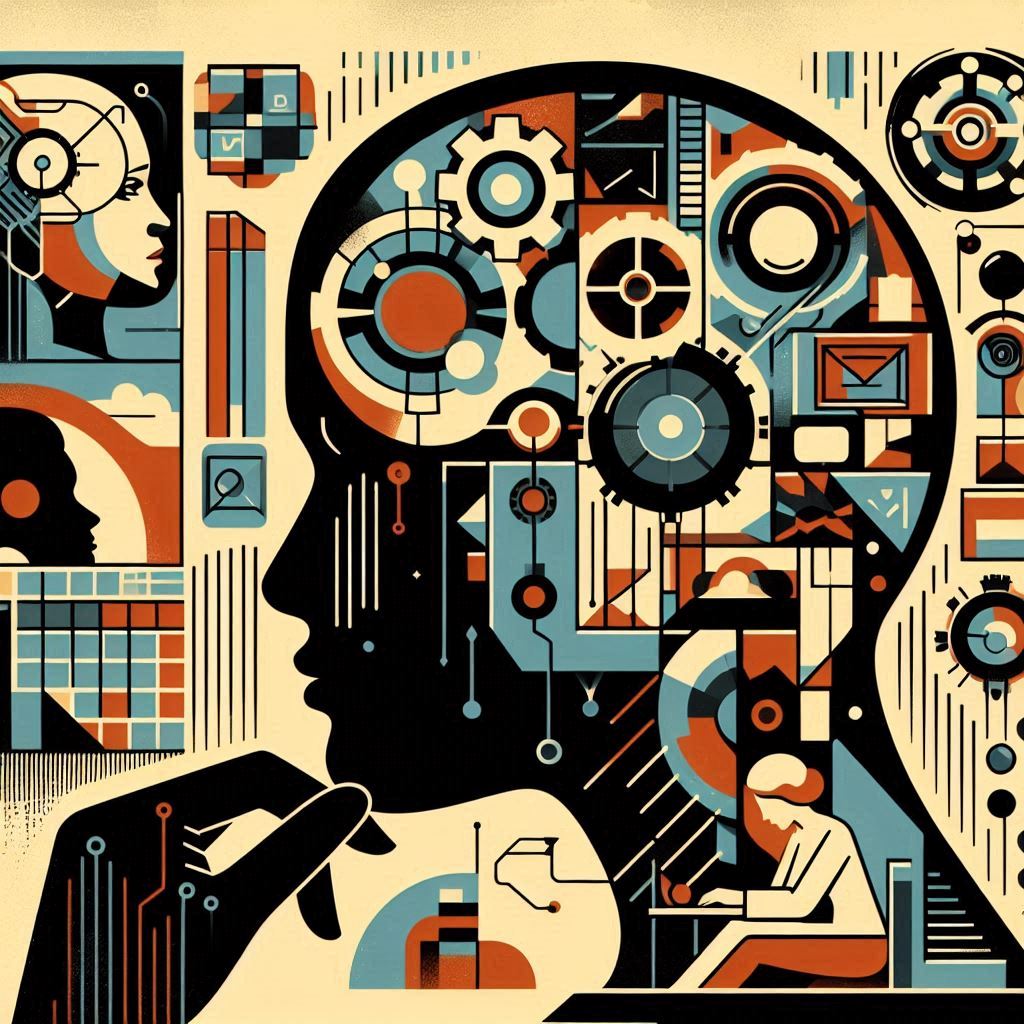


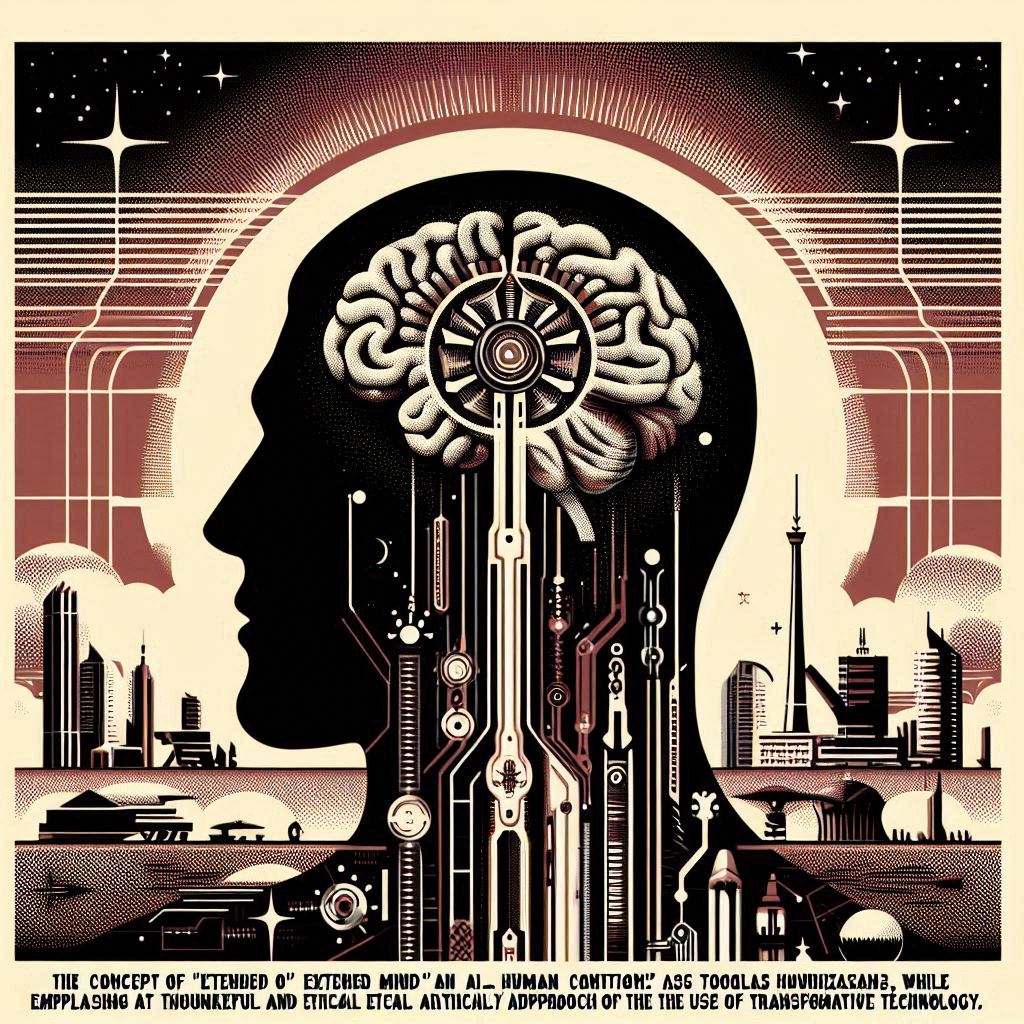
II. The Foundations of Logic
Logic is the bedrock upon which all rigorous thinking processes are built. It provides the rules and principles that allow us to construct valid arguments, draw accurate conclusions, and separate truth from falsehood. The role of logic in thinking cannot be overstated, as it guides our reasoning abilities and underpins our capacity for rational analysis.
At its core, logic is concerned with the study of arguments and their validity. It establishes criteria for determining whether a conclusion necessarily follows from a set of premises or assumptions. By following the principles of logic, we can evaluate the strength of arguments, identify flaws or fallacies in reasoning, and ensure that our thinking is consistent and non-contradictory.
The foundations of logic can be traced back to ancient Greek philosophers like Aristotle, who laid the groundwork for formal systems of deductive reasoning. These early contributions provided the basis for the development of various branches of logic, including propositional logic, predicate logic, and modal logic, each with its own set of rules and axioms.
There are three main modes of logical reasoning:

Deductive Reasoning: This involves drawing specific conclusions from general premises or principles. If the premises are true and the reasoning is valid, the conclusion must also be true. Deductive logic follows a top-down approach, moving from general statements to specific conclusions. It is widely used in fields like mathematics and law.

Inductive Reasoning: This mode of reasoning involves making generalizations from specific observations or data points. Rather than arriving at guaranteed conclusions, inductive reasoning leads to conclusions that are probable based on the available evidence. It is commonly used in scientific research and empirical investigations.

Abductive Reasoning: Also known as inferential reasoning, abduction involves forming the most plausible explanation for a set of observations or evidence. It is a form of reasoning used to generate hypotheses or explanatory theories, which can then be tested and refined through further observation and deductive/inductive reasoning.
At the core of logic are a set of fundamental rules and principles that govern valid reasoning:
- The Law of Non-Contradiction: A statement cannot be both true and false at the same time and in the same sense.
- The Law of Identity: Each thing is identical with itself.
- The Law of Excluded Middle: For any proposition, either it or its negation must be true.
- Modus Ponens: If P is true, and if P implies Q, then Q must also be true.
- Modus Tollens: If P implies Q, and Q is false, then P must also be false.
These rules, along with other logical principles, provide the framework for constructing valid arguments, identifying logical fallacies, and ensuring the consistency and coherence of our reasoning processes.
Logic plays a vital role in several key aspects of thinking:

Argument Analysis: Logic equips us with the tools to analyse arguments critically, identifying the premises, conclusions, and logical connections (or lack thereof) between them. This skill is essential for evaluating the validity and soundness of arguments encountered in academic discourse, public debates, and everyday life.

Problem-Solving: Logical thinking is a crucial component of effective problem-solving. By breaking down complex problems into their constituent parts, applying logical rules and principles, and following a structured approach, we can arrive at well-reasoned solutions.

Critical Thinking: Logic is a fundamental pillar of critical thinking, which involves evaluating information objectively, recognizing biases and fallacies, and forming rational judgments based on evidence and sound reasoning.
While logic provides a solid foundation for thinking, it is important to recognize that it is not the only aspect of human cognition. Intuition, creativity, and emotional intelligence also play significant roles in various contexts. However, without the principles of logic, our thinking would be susceptible to inconsistencies, contradictions, and faulty reasoning.
By understanding and applying the rules of logic, we can enhance our ability to think clearly, communicate effectively, and navigate complex intellectual challenges with precision and rigor. It is a cornerstone of rational thought and a prerequisite for many other ways of thinking explored in this blog.




III. The Role of Metacognition
Metacognition, often described as “thinking about thinking,” is the awareness and understanding of one’s own thought processes. The term comes from the Greek word “meta,” meaning “beyond,” and “cognition,” which refers to the processes involved in thinking, knowing, remembering, and communicating. Essentially, metacognition is about being aware of and having control over one’s cognitive processes. It involves two key components:

Metacognitive Knowledge: This is the awareness of one’s cognitive abilities, understanding one’s strengths and weaknesses, and recognizing the strategies that work best for learning and problem-solving. This involves an individual’s knowledge about their own cognitive abilities, their understanding of different tasks, and the strategies they can use. It’s knowing what you know and what you don’t know.

Metacognitive Regulation: This refers to the strategies and tools we use to control and direct our cognitive processes. This includes planning, monitoring, and evaluating the effectiveness of the strategies we employ. This is the regulation of cognition through planning, monitoring, and evaluating. It’s about managing how you approach learning or problem-solving.
By starting with metacognition, we set the stage for more effective use of all other ways of thinking. It allows us to be more aware of our cognitive processes, to regulate them, and to apply the most suitable thinking method to a given situation. It’s like having a ‘command centre’ that helps us decide which ‘tools’ from our cognitive ‘toolbox’ to use for a particular task or challenge.
So, in the logical flow of ways of thinking, metacognition would be the precursor that enables us to:
- Recognize when concrete thinking is necessary for dealing with immediate, tangible concepts.
- Decide when abstract thinking is required to understand complex, intangible ideas.
- Apply critical thinking to objectively evaluate information.
- Utilize analytical thinking to break down complex data into manageable parts.
- Engage in systems thinking to see the interconnections within a system.
- Invoke design thinking to create user-centric solutions.
- Employ divergent and convergent thinking to explore multiple solutions and then narrow them down to the best one.
- Use associative thinking to make connections across different ideas.
- Adopt lateral thinking to approach problems from new angles.
- Implement application thinking to solve practical, real-world problems.
- Embrace first principles thinking to deconstruct complex problems to their most fundamental parts and rebuild solutions from the ground up, free from assumed constraints and received wisdom.
In essence, metacognition is the overarching process that informs and enhances our ability to use different ways of thinking effectively and efficiently. It’s the meta-level awareness that guides the selection and application of various cognitive strategies, making it a sensible starting point for any exploration of thought processes.




IV. Concrete Thinking: The Foundation
Concrete thinking is a cognitive process that focuses on the physical world and the literal interpretation of objects, events, and experiences. It’s characterized by a straightforward, ‘here-and-now’ approach that deals with the tangible and specific, rather than the abstract or theoretical.
Characteristics of Concrete Thinking:

Literal Interpretation: Concrete thinkers interpret information based on what they observe directly. They take things at face value and understand them in their most literal sense.

Focus on the Present: This type of thinking is concerned with the current situation and what is immediately observable.

Detail-Oriented: Concrete thinkers pay attention to the details and specifics of a situation or object.

Practicality: Concrete thinking is practical and relates to real-world scenarios. It’s about dealing with what is, rather than what could be.
Advantages of Concrete Thinking:

Clarity: It provides a clear understanding of situations without the confusion of multiple interpretations or abstract concepts.

Decision Making: Concrete thinking aids in making decisions that are based on solid, observable data.

Problem Solving: It’s useful for solving problems that require direct action and tangible solutions.
Limitations of Concrete Thinking:

Lack of Flexibility: Concrete thinking can be limited in its ability to adapt to new or changing situations that require abstract reasoning.

Difficulty with Abstract Concepts: Concrete thinkers may struggle with understanding symbolic or metaphorical language and concepts.

Challenges with Innovation: Since concrete thinking is rooted in the present and the tangible, it might hinder the ability to think outside the box or envision future possibilities.
Developmental Aspect:
Concrete thinking is often associated with the cognitive development of children. As they grow, children typically move from concrete thinking to more abstract thinking abilities. However, adults also engage in concrete thinking, especially when dealing with immediate, practical matters.
Application in Learning:
In educational settings, concrete thinking can be particularly useful when teaching new concepts that require a hands-on approach. For example, using physical objects to teach mathematics can help students grasp the concepts more easily before moving on to abstract mathematical reasoning.
In summary, concrete thinking is an essential cognitive skill that enables individuals to navigate the physical world effectively. While it has its limitations, especially when it comes to abstract reasoning, it remains a crucial component of our overall cognitive toolkit, allowing us to process and respond to the tangible aspects of our environment.
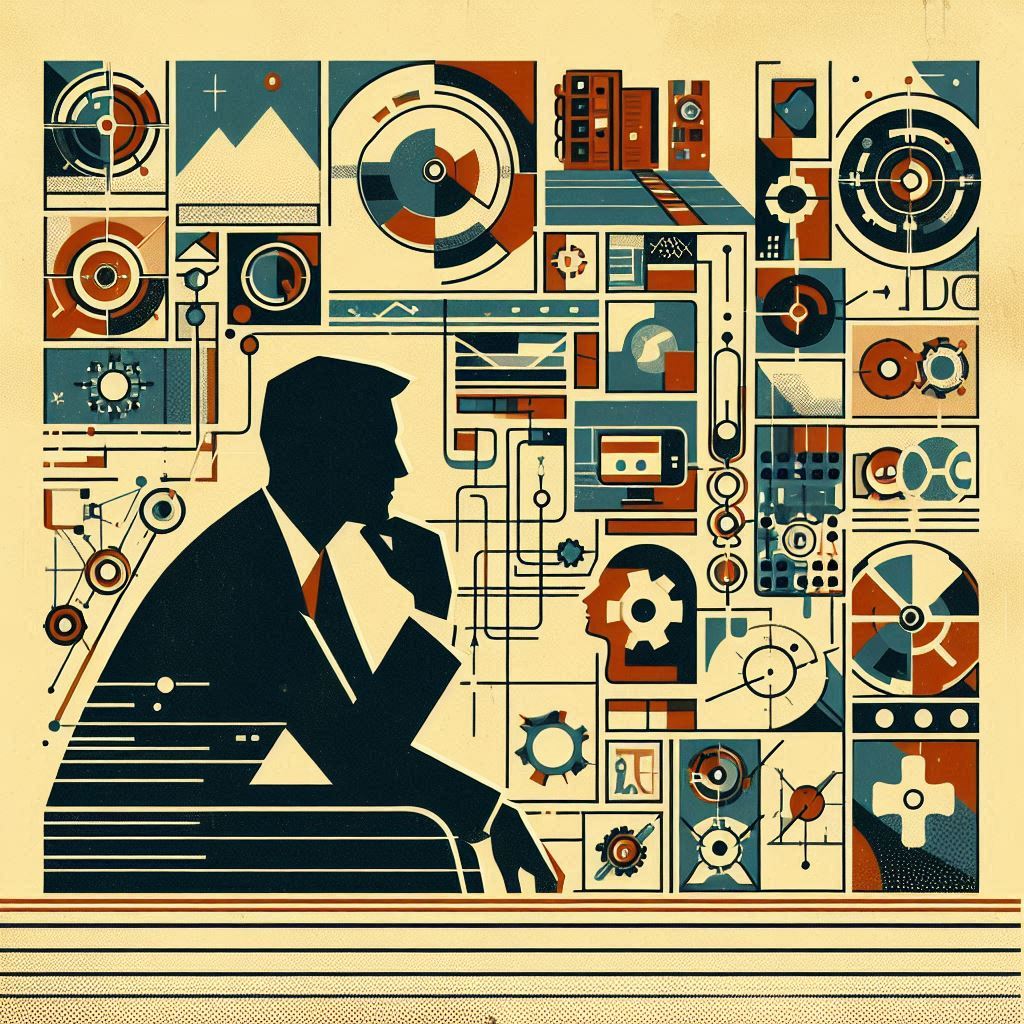

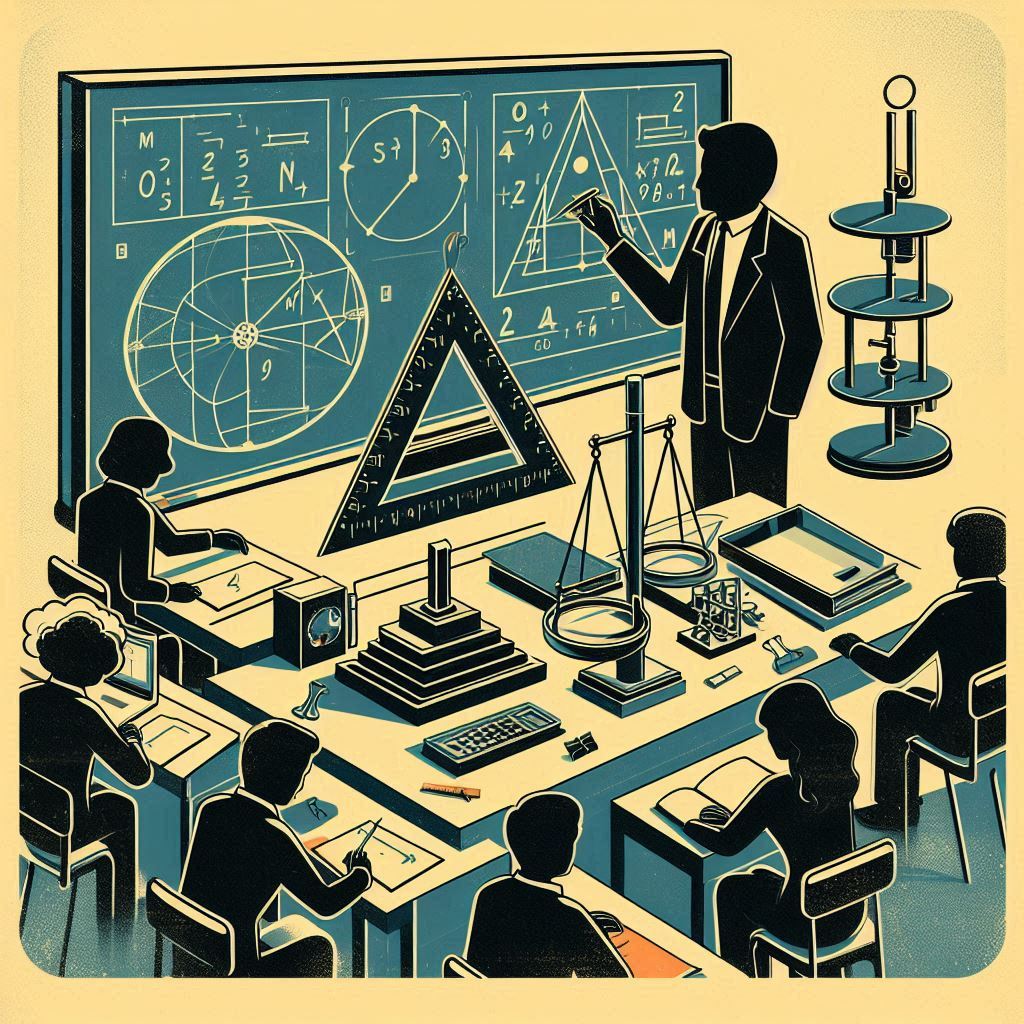

V. Abstract Thinking: Going Beyond the Tangible
Abstract thinking is a higher-order cognitive skill that involves the ability to think about concepts that are not directly tied to concrete physical objects and experiences. It’s the process of considering possibilities beyond what we can see, touch, or experience directly. This type of thinking is essential for understanding complex ideas, making connections between seemingly unrelated concepts, and engaging in creative problem-solving.
Characteristics of Abstract Thinking:

Conceptual Understanding: Abstract thinkers can grasp the essence of ideas and concepts without relying on physical examples.

Symbolic Representation: They use symbols and metaphors to represent ideas, which allows for communication and understanding of complex and intangible subjects.

Pattern Recognition: Abstract thinking enables individuals to see patterns and relationships between ideas, which is crucial for learning and innovation.

Theoretical Reasoning: It involves thinking about hypothetical situations and exploring ‘what if’ scenarios.

Problem-Solving: Abstract thinkers can approach problems from multiple angles and devise innovative solutions that may not be immediately obvious.
Advantages of Abstract Thinking:

Flexibility: It allows for a more adaptable approach to thinking, as abstract thinkers are not confined by the immediate physical reality.
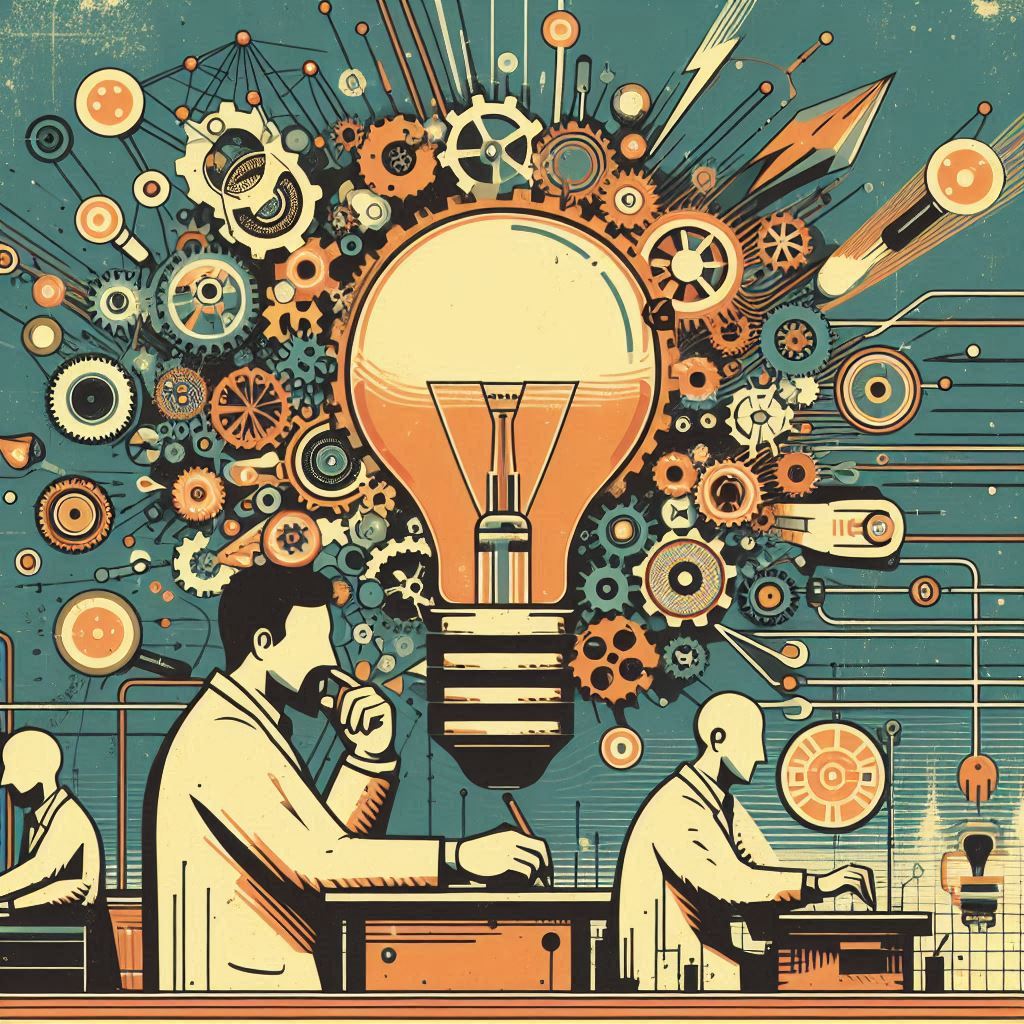
Creativity: Abstract thinking is closely linked to creativity, as it enables individuals to conceive of original ideas and solutions.
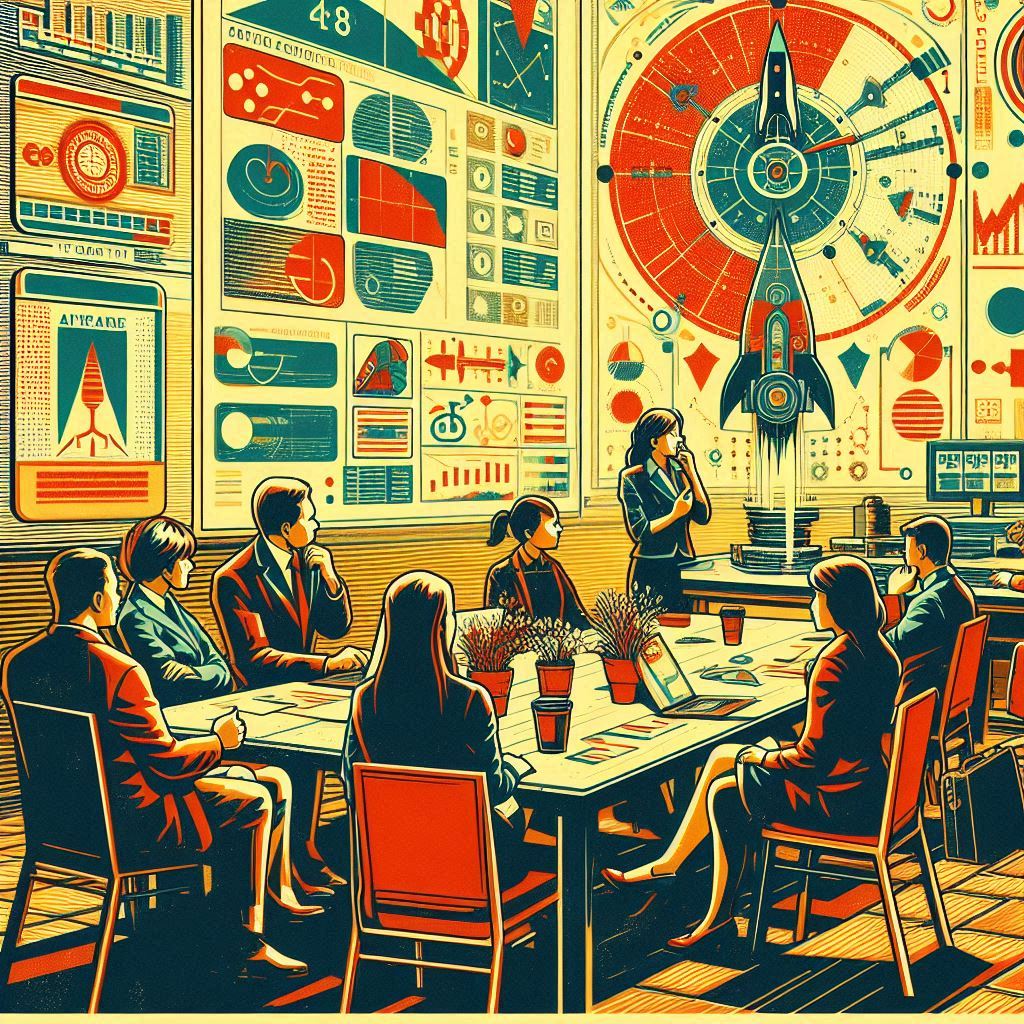
Strategic Planning: It’s essential for setting long-term goals and planning for the future, as it involves considering various potential outcomes and strategies.
Limitations of Abstract Thinking:

Complexity: Abstract concepts can be difficult to understand and communicate, especially to those who are more comfortable with concrete thinking.

Misinterpretation: There’s a risk of misunderstanding or misapplying abstract ideas if they are not grounded in practical reality.

Overthinking: Sometimes, abstract thinking can lead to overthinking or analysis paralysis, where an individual gets stuck in theoretical possibilities without taking action.
Development of Abstract Thinking:
Abstract thinking skills typically develop as we grow older. Children start with concrete thinking and gradually develop the ability to think abstractly as their brains mature. This development continues into adulthood, where abstract thinking becomes more refined and sophisticated.
Enhancing Abstract Thinking:
To enhance abstract thinking abilities, one can:

Engage in Reflective Practice: Regularly take time to reflect on experiences and draw broader conclusions from them.

Practice Mindfulness: Being present and aware can help in observing patterns and making connections.

Read Widely: Exposure to different ideas and disciplines can stimulate abstract thought.

Solve Puzzles: Engaging in activities that require abstract reasoning, such as puzzles and strategy games, can sharpen this skill.
In essence, abstract thinking is a vital cognitive ability that enables us to navigate complex ideas, innovate, and plan for the future. It’s a skill that can be developed and honed through practice and exposure to a variety of intellectual challenges.



VI. Critical Thinking: Evaluating Information Objectively
Critical thinking is a fundamental skill that involves the ability to think clearly and rationally, understanding the logical connection between ideas. It’s about being an active learner rather than a passive recipient of information. Critical thinkers rigorously question ideas and assumptions rather than accepting them at face value. They always seek to determine whether the ideas, arguments, and findings represent the entire picture and are open to finding that they do not.
Key Aspects of Critical Thinking:

Analysing: Critical thinkers can break down complex information into smaller, more manageable parts to understand it better.

Evaluating: They assess the credibility and strength of evidence and arguments, looking for consistency and logical structure.

Interpreting: This involves understanding and explaining the meaning of information or an event.

Inference: Critical thinkers can draw reasonable conclusions from a set of information, and discern the consequences of those conclusions.

Explaining: They can justify their own viewpoints, presenting arguments in a structured and coherent way.

Self-Regulation: This aspect involves reflecting on one’s own beliefs, values, and biases, and adjusting them based on new evidence.
Importance of Critical Thinking:
Critical thinking is crucial for several reasons:

Problem Solving: It enables individuals to solve problems systematically rather than by intuition or instinct.

Decision Making: Critical thinking is essential in the decision-making process as it ensures that decisions are well thought out and consider all relevant factors.

Research: In academic research, critical thinking helps to ensure that robust methodologies are used and that conclusions are sound.

Everyday Life: It’s important for navigating daily life, as it empowers individuals to make informed decisions and understand the consequences of their actions.
Developing Critical Thinking Skills:
To develop critical thinking skills, one can:

Ask Questions: Be curious about everything; question everything.

Gather Information: Use various sources to gather comprehensive information.

Analyse Assumptions: Evaluate the assumptions upon which claims are based.

Be Open-Minded: Consider different viewpoints and perspectives.
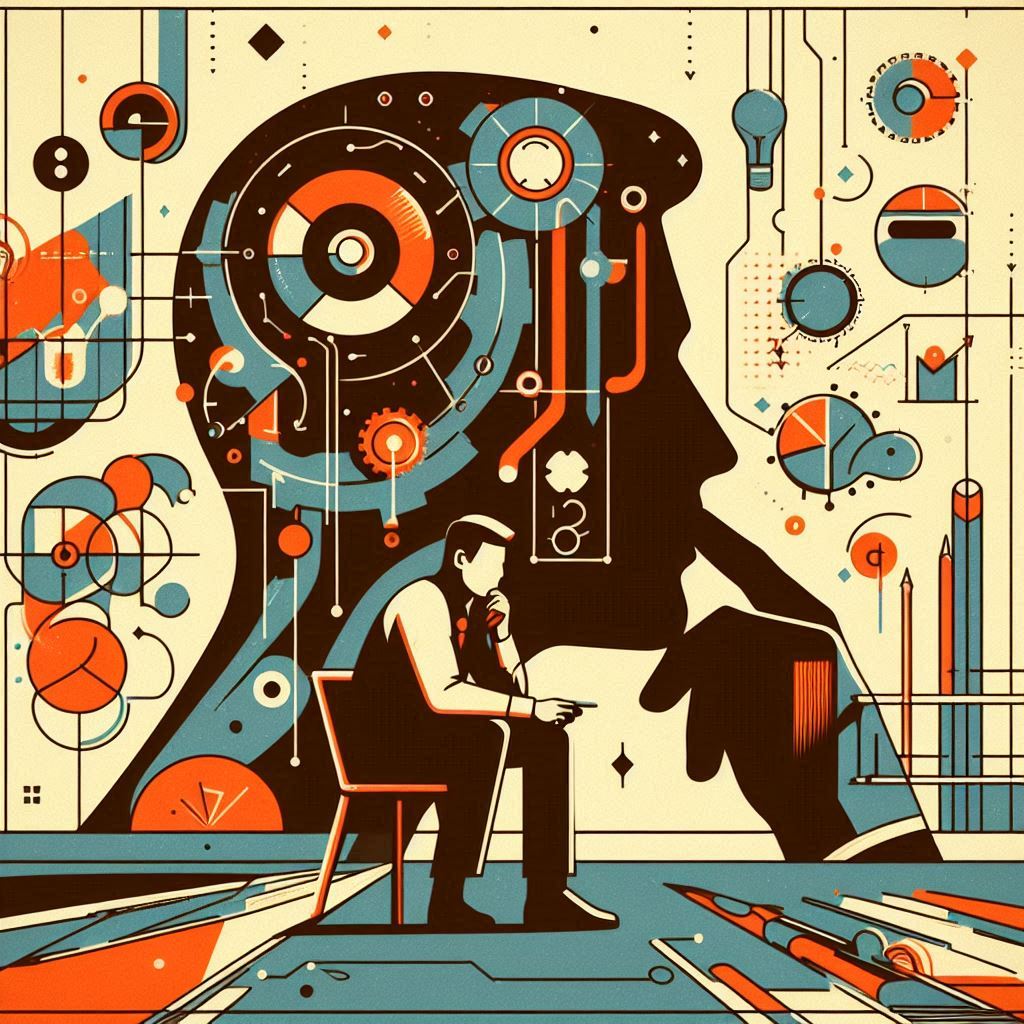
Reflect: Spend time reflecting on decisions and the thought process behind them.
Critical thinking is not about being argumentative or being critical of other people. Instead, it’s about being objective and having a clear, reasoned approach to thinking. It’s a valuable skill that can be applied in all aspects of life, from personal decisions to professional activities. By practicing critical thinking, individuals can improve their reasoning and decision-making processes, leading to better outcomes and a more rational approach to the challenges they face.


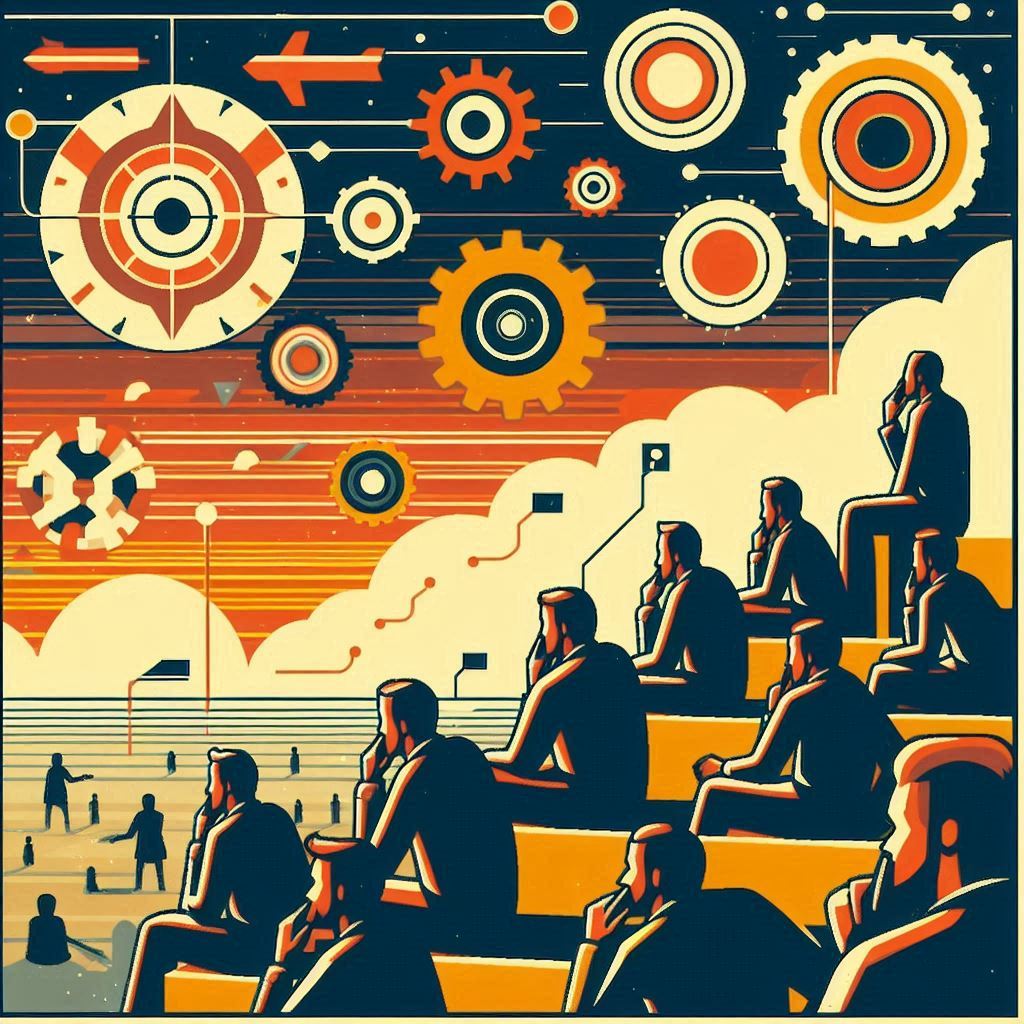

VII. Analytical Thinking: Breaking Down Complexity
Analytical thinking is a critical cognitive skill that involves the ability to dissect complex problems, data, or situations into smaller, more manageable components. This process allows individuals to discern patterns, relationships, and underlying principles, leading to informed conclusions or solutions. It’s a systematic approach that combines critical observation, logical reasoning, and methodical analysis.
Key Elements of Analytical Thinking:
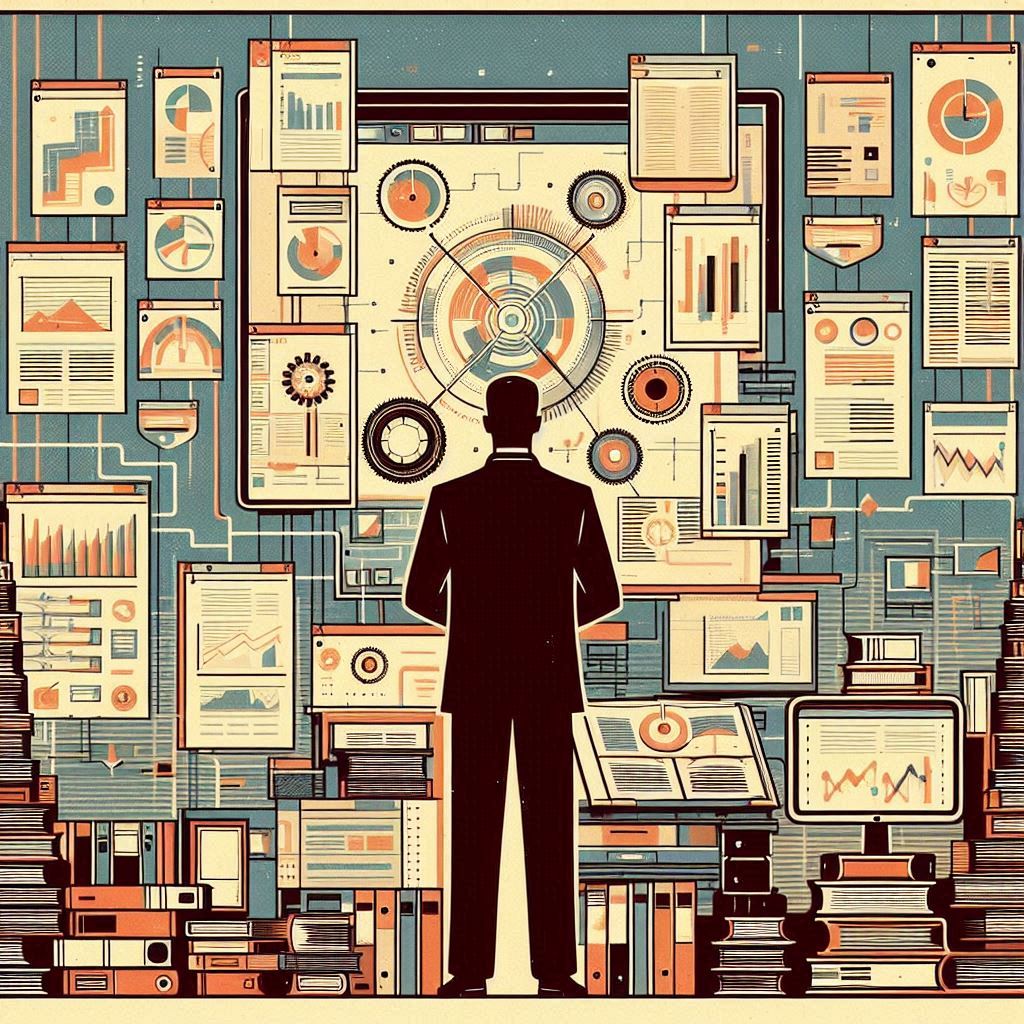
Dissection of Information: Breaking down information into parts to better understand and analyse it.

Identification of Patterns: Recognizing patterns, trends, and relationships within the data or problem at hand.

Logical Reasoning: Using logic to connect pieces of information and form coherent arguments or conclusions.

Critical Observation: Paying close attention to details and not taking information at face value.

Systematic Analysis: Approaching problems with a structured method to ensure all aspects are considered.
Importance of Analytical Thinking:
Analytical thinking is essential for several reasons:
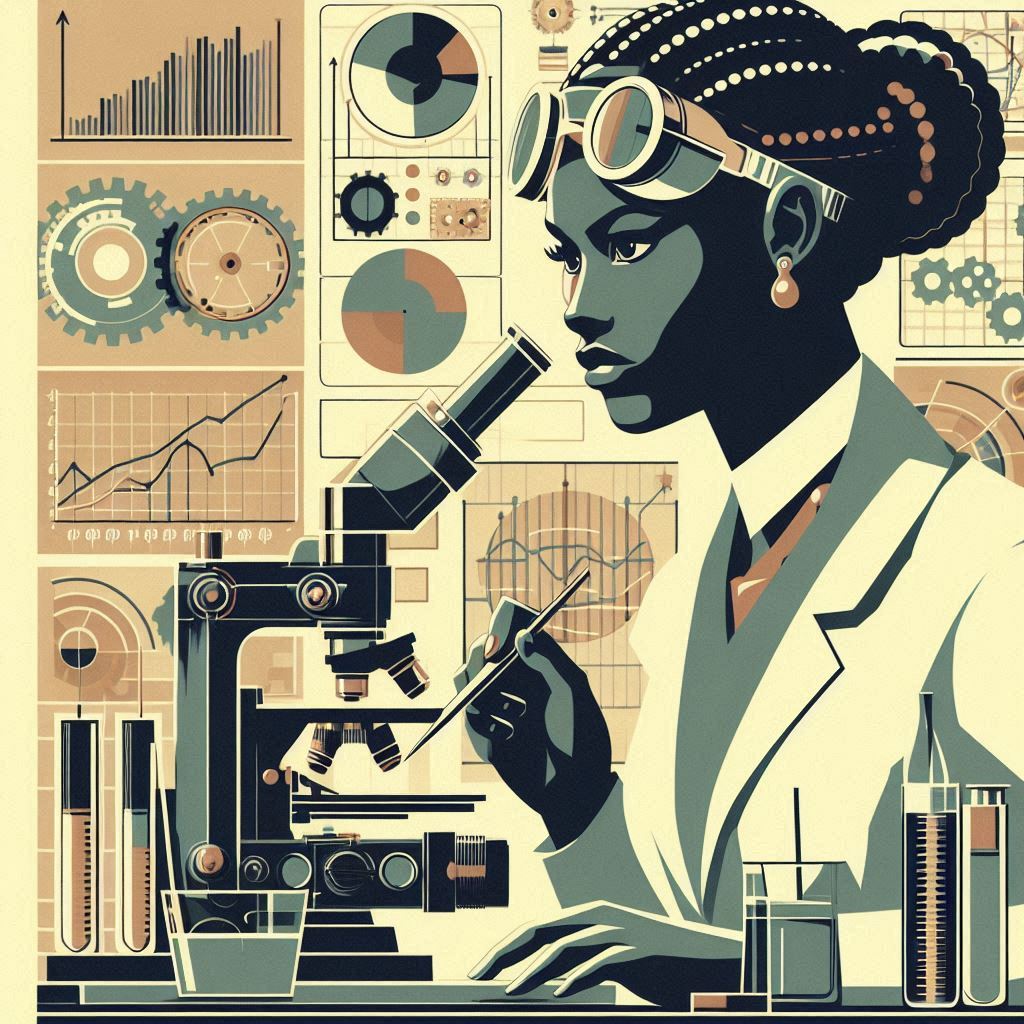
Informed Decision-Making: It equips individuals with the tools to make well-judged decisions by dissecting intricate scenarios and distilling pertinent information.

Innovative Problem-Solving: The ability to break complex problems into manageable components and reassemble them in novel ways fosters innovation.

Clear Communication: Analytical thinkers can communicate complex ideas more effectively because they understand the underlying structure of those ideas.
Developing Analytical Thinking Skills:
To improve analytical thinking skills, one can:
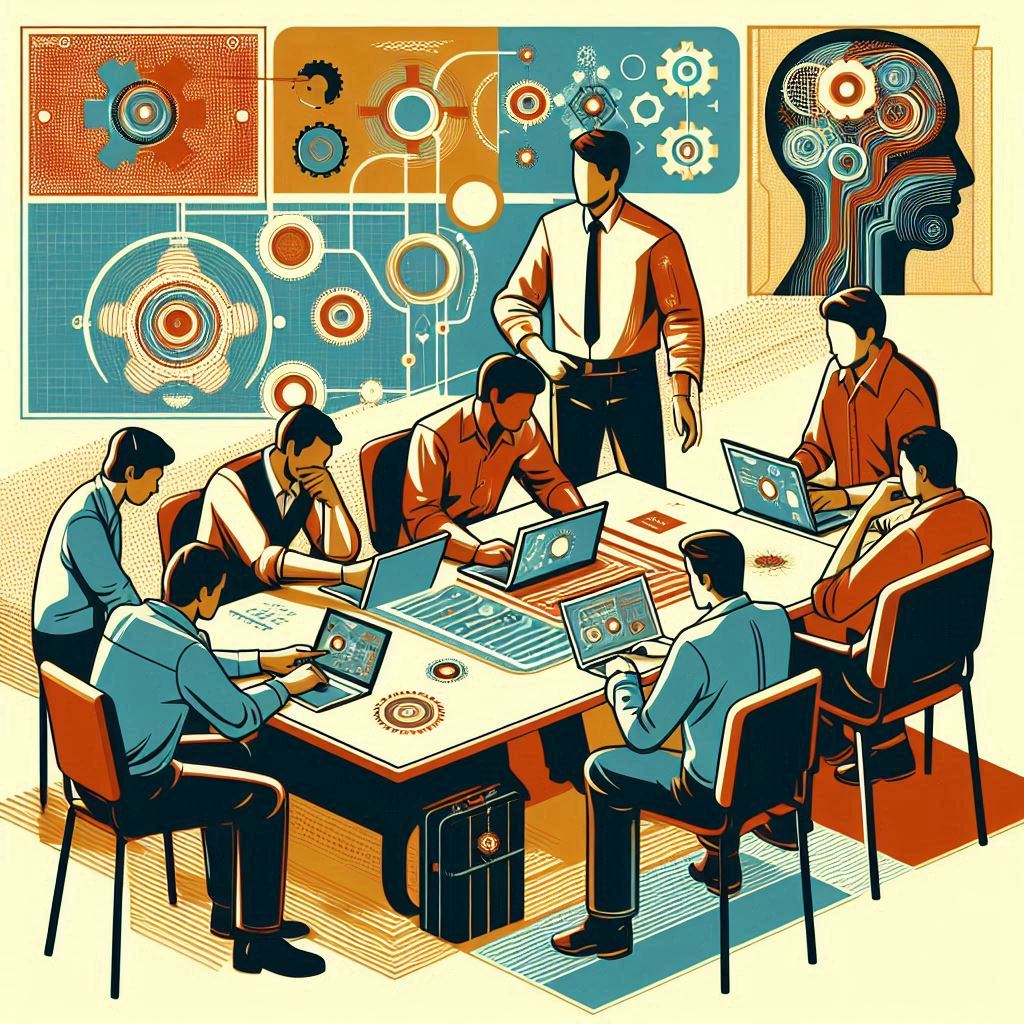
Practice Problem-Solving: Regularly engage in activities that require systematic problem-solving.
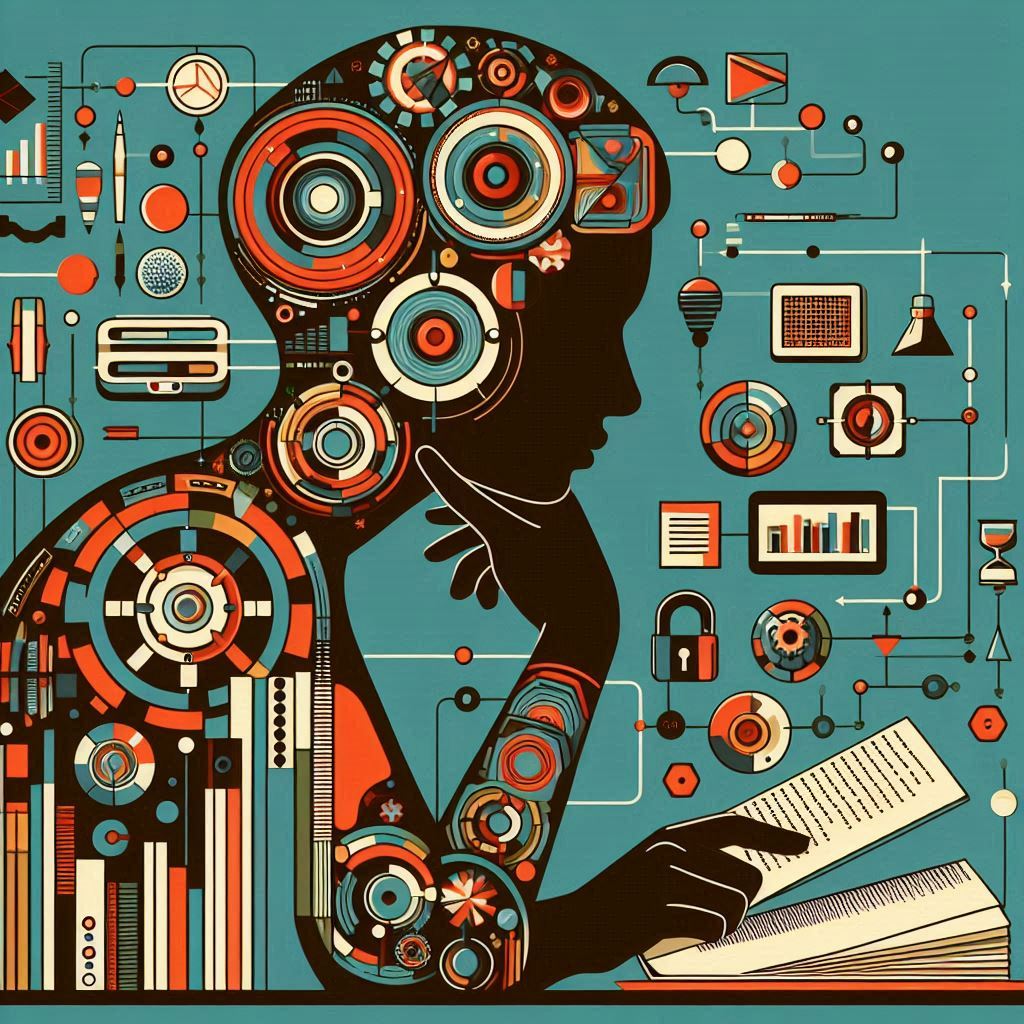
Learn from Various Disciplines: Exposure to different fields can enhance one’s ability to analyse and synthesize information.

Reflect on Decision Processes: After making decisions, reflect on the process to understand how conclusions were reached.

Seek Feedback: Constructive feedback can provide insights into how to refine analytical processes.
In the professional world, analytical thinking is highly valued across many fields, including business, science, engineering, and technology. It’s a skill that enables individuals to handle complex challenges with precision and adaptability, making it a cornerstone of success in the modern, information-rich world.
In summary, analytical thinking is about understanding the structure of complex issues and making decisions based on a thorough and methodical examination of all relevant factors. It’s a powerful tool for personal and professional development, allowing for more effective problem-solving, decision-making, and communication.




VIII. First Principles Thinking: Questioning Assumptions
First Principles Thinking is a profound approach to problem-solving and innovation that involves breaking down complex problems into their most basic, fundamental elements. It’s about stripping away existing assumptions and conventions to get to the core truths of a situation or concept.
At its heart, First Principles Thinking is about understanding the fundamental principles of a problem or situation. Instead of relying on analogies, conventional wisdom, or how things have always been done, this method encourages starting with what is known to be true and reasoning up from there.
The concept traces back to Aristotle, who advocated for understanding something at its most fundamental level. It’s a logical approach that has been used implicitly by many thinkers and inventors throughout history.
Process of First Principles Thinking:
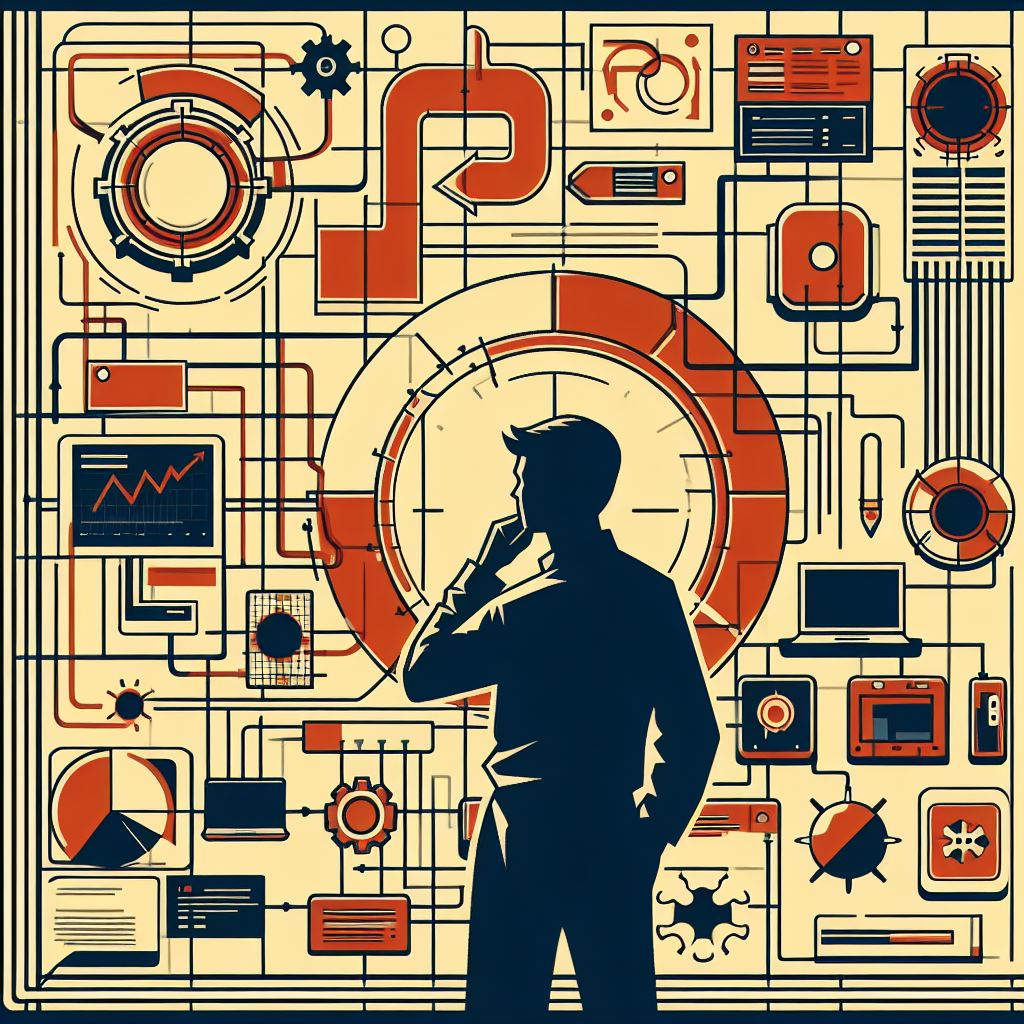
Identify and Define the Problem: Clearly understand the problem you’re trying to solve.

Break Down the Problem: Dissect the problem into its fundamental parts.

Analyse Fundamental Principles: Investigate the basic truths or ‘first principles’ related to the parts.

Reconstruct the Problem: From these truths, reconstruct the problem or concept to find innovative solutions.
Benefits of First Principles Thinking:

Innovation: By not being constrained by the current ways of doing things, it allows for the creation of new approaches and solutions.

Clarity: It provides a clear understanding of a problem, free from the noise of assumptions and biases.

Transferability: The skills and mindset developed through First Principles Thinking can be applied to a wide range of problems across different domains.
Challenges:

Time-Consuming: It requires more time and effort than relying on analogies or existing methods.

Complexity: Breaking down problems into fundamental principles can be intellectually demanding.

Resistance to Change: There may be resistance from those who are comfortable with the status quo or existing methodologies.
First Principles Thinking has been used in various fields, from physics to product design. Elon Musk, for example, has famously applied this method to his work with SpaceX, where he questioned the high cost of building rockets and rethought the process from the ground up.
To cultivate this way of thinking, one should practice questioning assumptions, be curious about the fundamental reasons behind why things are the way they are, and be willing to reconstruct knowledge from the ground up.
In essence, First Principles Thinking is not just a tool for problem-solving; it’s a mindset that supports the power of inquiry and the potential of human creativity. By grounding our thoughts and actions in fundamental truths, we can navigate the complexities of the modern world with confidence and originality.

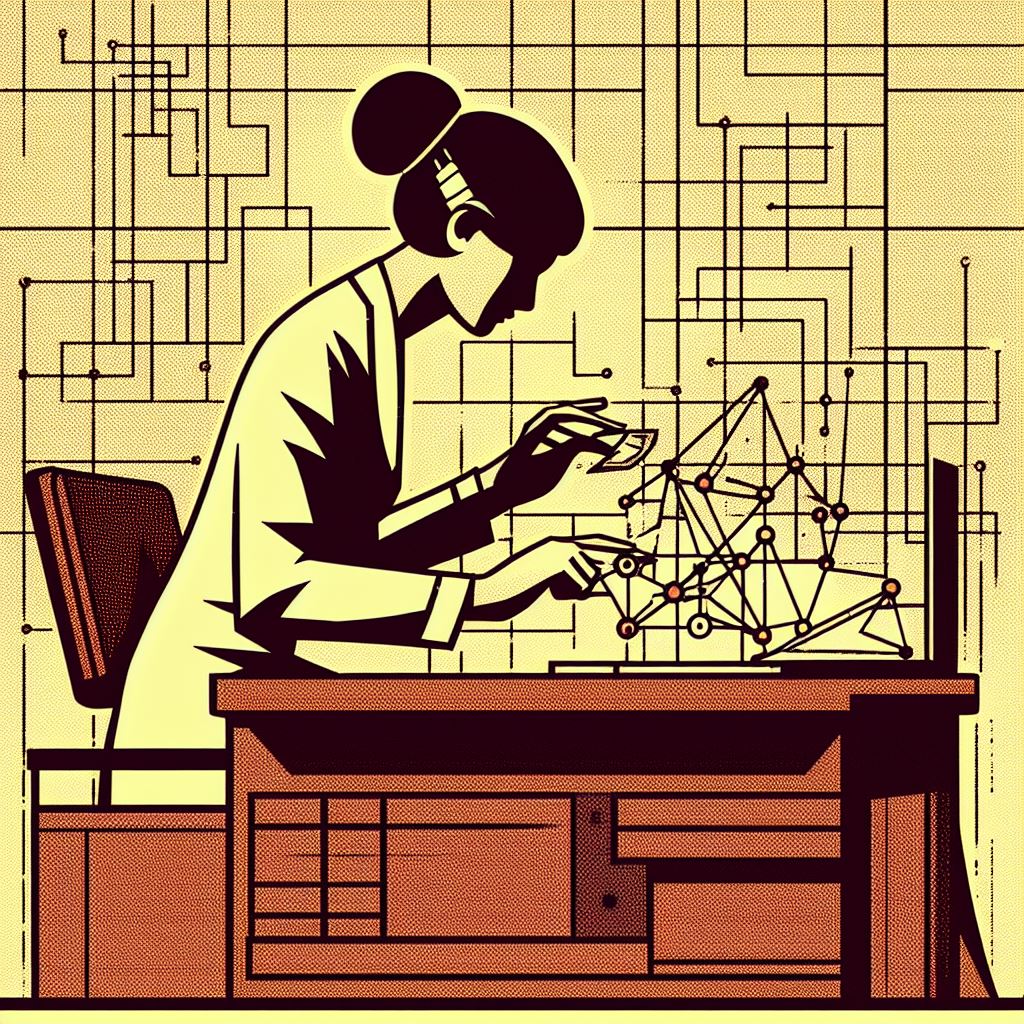


IX. Systems Thinking: Understanding Interconnectedness
Systems Thinking is an analytical approach that focuses on understanding the complex interrelationships within a system, rather than isolating individual elements. It’s a holistic perspective that examines how parts of a system interact and influence one another within a whole entity. Here’s an in-depth exploration of Systems Thinking:
Core Principles of Systems Thinking:

Interconnectedness: Recognizes that all components within a system are connected and that changes in one part can affect the whole.

Synthesis: Focuses on the integration of parts to form a coherent whole, understanding the system as more than the sum of its parts.

Emergence: Observes that systems often exhibit properties and behaviours that emerge from the interactions of their parts, which cannot be predicted by analysing the parts separately.

Feedback Loops: Identifies and understands feedback processes within the system, which can be either reinforcing or balancing, leading to growth or stabilization.
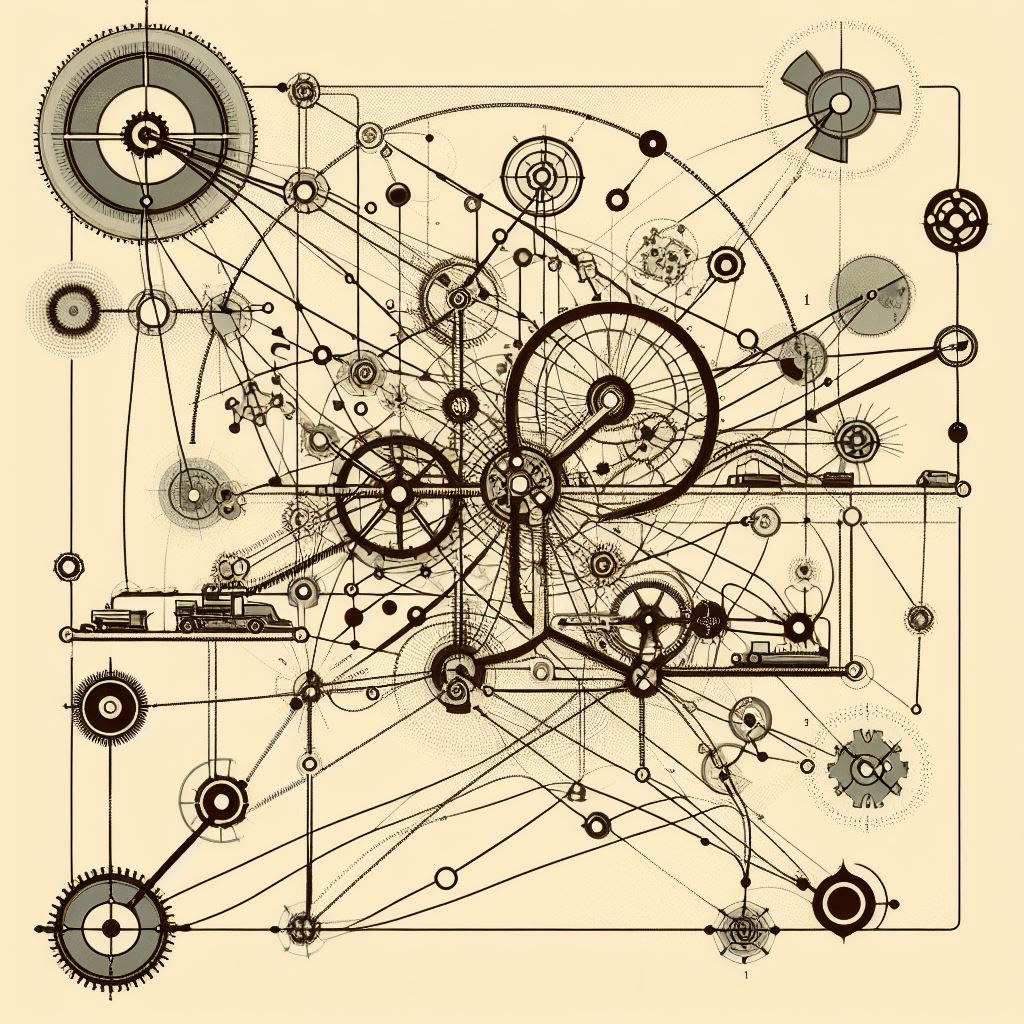
Causality: Looks beyond simple cause-and-effect relationships and considers complex chains of interactions that may lead to unintended consequences.
Importance of Systems Thinking:
Systems Thinking is important because it:

Addresses Complexity: It’s particularly useful in dealing with complex problems where there are no simple solutions.

Promotes Adaptability: By understanding the dynamic nature of systems, it helps organizations and individuals adapt to change.

Encourages Sustainability: It considers the long-term impacts of actions, making it a valuable tool for sustainable decision-making.
Applying Systems Thinking:
To apply Systems Thinking effectively, one should:

Map the System: Create diagrams or models to visualize the system and its components.

Identify Relationships: Determine how different parts of the system interact and affect each other.

Consider Multiple Perspectives: Understand that different stakeholders may have different views of the system.

Look for Patterns: Recognize recurring patterns of behaviour within the system.

Think Long-Term: Consider the future implications of decisions and actions within the system.
Challenges in Systems Thinking:
While Systems Thinking offers many benefits, it also presents challenges:

Complexity: It can be difficult to identify all the elements and interactions within a system.

Change Resistance: People within a system may resist changes to the status quo.

Over-Simplification: There’s a risk of oversimplifying complex systems, leading to inadequate solutions.
Tools for Systems Thinking:
Several tools can aid in Systems Thinking, such as:

Causal Loop Diagrams: Visual representations of the feedback processes within a system.

Systems Dynamics Models: Simulations that model the behaviour of systems over time.

Stock and Flow Diagrams: Charts that show how different elements accumulate and deplete within a system.
In summary, Systems Thinking is a powerful approach for understanding and addressing complex issues in a holistic and integrated manner. It enables individuals and organizations to navigate complexity with greater insight and develop solutions that are sustainable and effective in the long term.




X. Design Thinking: A User-Centric Approach
Design Thinking is a non-linear, iterative process that teams use to understand users, challenge assumptions, redefine problems, and create innovative solutions to prototype and test. It is particularly useful for tackling ill-defined or unknown problems and involves five key stages.
The Five Stages of Design Thinking:

Empathize: This stage is about research and understanding the needs, motivations, and emotions of the people you’re designing for. It involves observing and engaging with users to empathize with their experiences.

Define: In this stage, you synthesize the information gathered during the empathy phase to define the core problems you have identified. It’s about bringing clarity and focus to the design space.

Ideate: Here, you challenge assumptions and explore a wide array of ideas and solutions to the problems defined earlier. It’s a phase for brainstorming and coming up with creative solutions.

Prototype: The ideas are then turned into tangible prototypes. These can be anything from a paper model to a digital mock-up. Prototyping is about bringing ideas to life and exploring their effectiveness.
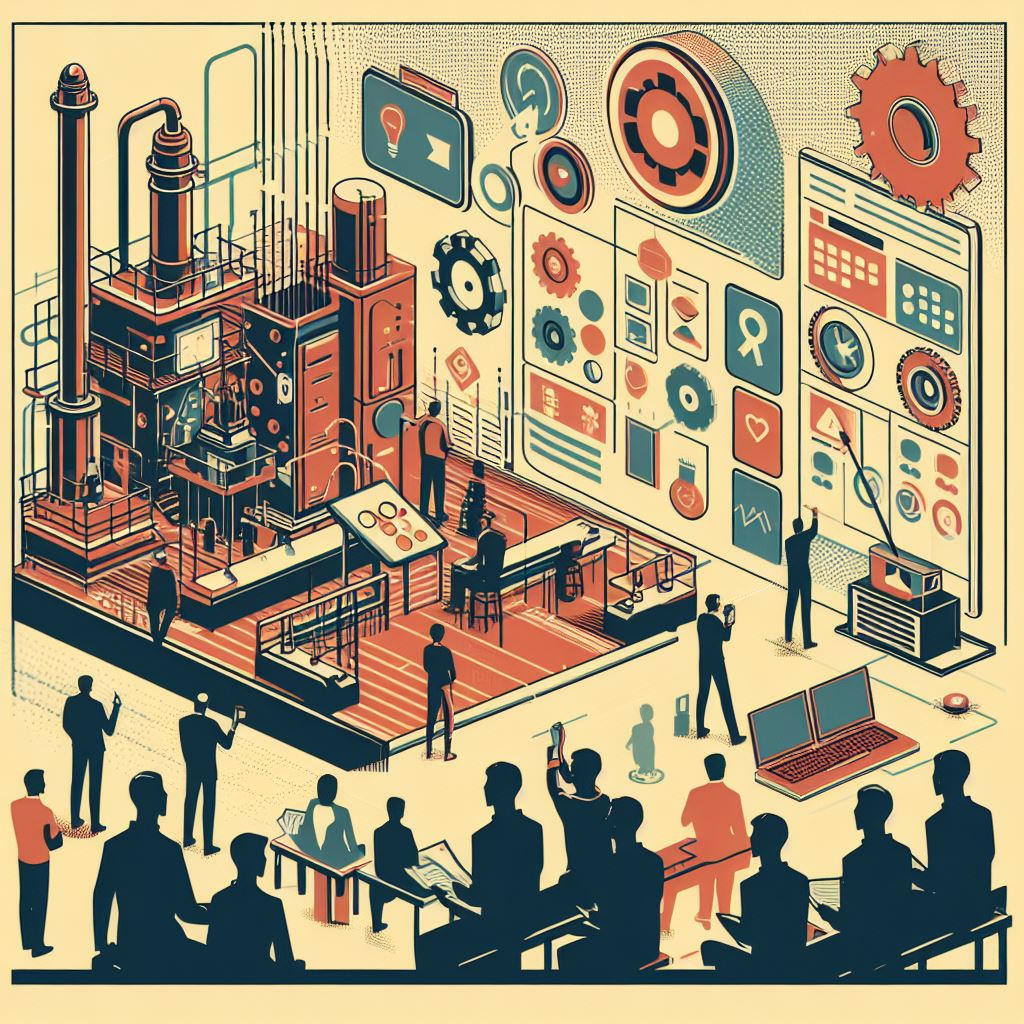
Test: Finally, the prototypes are tested with users. This stage is crucial for gathering feedback and understanding the impact of the design solutions on the users’ experiences.
Why Is Design Thinking Important?
Design Thinking is important because it fosters innovation and creativity. It provides a structured framework for understanding and solving complex problems in a user-centric way. Companies like Google, Apple, and Airbnb use Design Thinking to drive innovation and address complex challenges.
Mindsets of Design Thinking:

Collaborative: It often involves a team-based approach to problem-solving.

Experimental: Encourages risk-taking and learning from failure.

Optimistic: Assumes that no matter how challenging the problem, a solution is possible.
Design Thinking is often compared to other methodologies like Lean and Agile. While there are similarities, such as an iterative process and a focus on user needs, Design Thinking is unique in its emphasis on creative problem-solving and its application across various industries.
In summary, Design Thinking is a human-centred approach to innovation that integrates the needs of people, the possibilities of technology, and the requirements for business success. It’s a methodology that goes beyond traditional problem-solving practices, offering a unique lens through which to view and solve challenges.

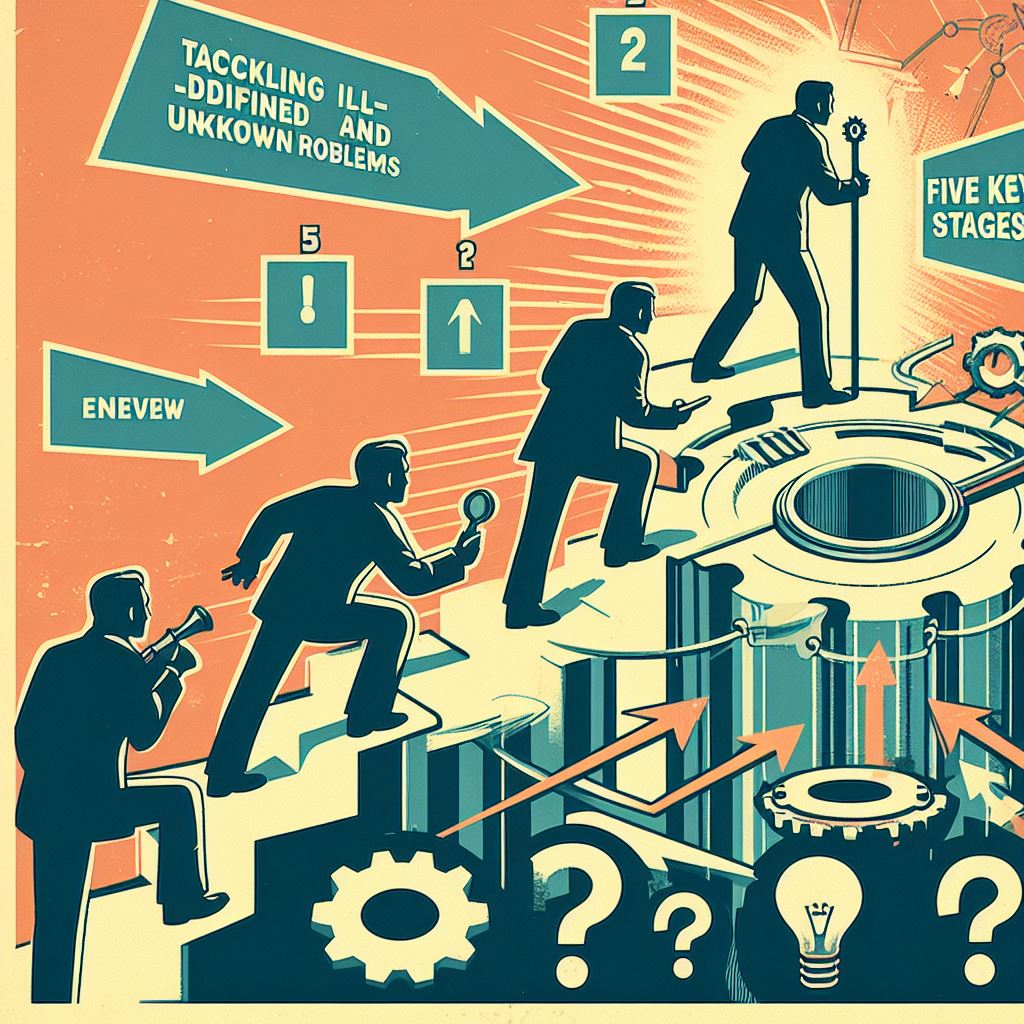


XI. Divergent Thinking: Exploring Possibilities
Divergent thinking is a thought process or method used to generate creative ideas by exploring many possible solutions. It typically occurs in a spontaneous, free-flowing, “non-linear” manner, such that many ideas are generated in an emergent cognitive fashion. This kind of thinking is key to creativity and innovation, as it allows for the exploration of numerous potential solutions to a problem or challenge.
Characteristics of Divergent Thinking:

Creativity: It involves coming up with original and unique ideas that deviate from the norm.

Spontaneity: Ideas are generated in an unstructured way, without a predetermined path or order.

Openness: There’s an openness to all possibilities, without immediate judgment or dismissal.

Quantity Over Quality: Initially, the focus is on generating a large number of ideas, rather than on their quality.

Free Association: Ideas may seem unrelated on the surface, but through free association, connections can be made.
The Process of Divergent Thinking:
Divergent thinking often starts with a prompt or problem and then branches out in various directions, exploring different avenues and perspectives. It’s not concerned with finding a single correct answer but rather with generating a wide range of possibilities.
Activities That Promote Divergent Thinking:

Brainstorming: Group sessions where participants are encouraged to voice all ideas.

Free Writing: Writing non-stop about a topic for a set period, without concern for grammar or organization.
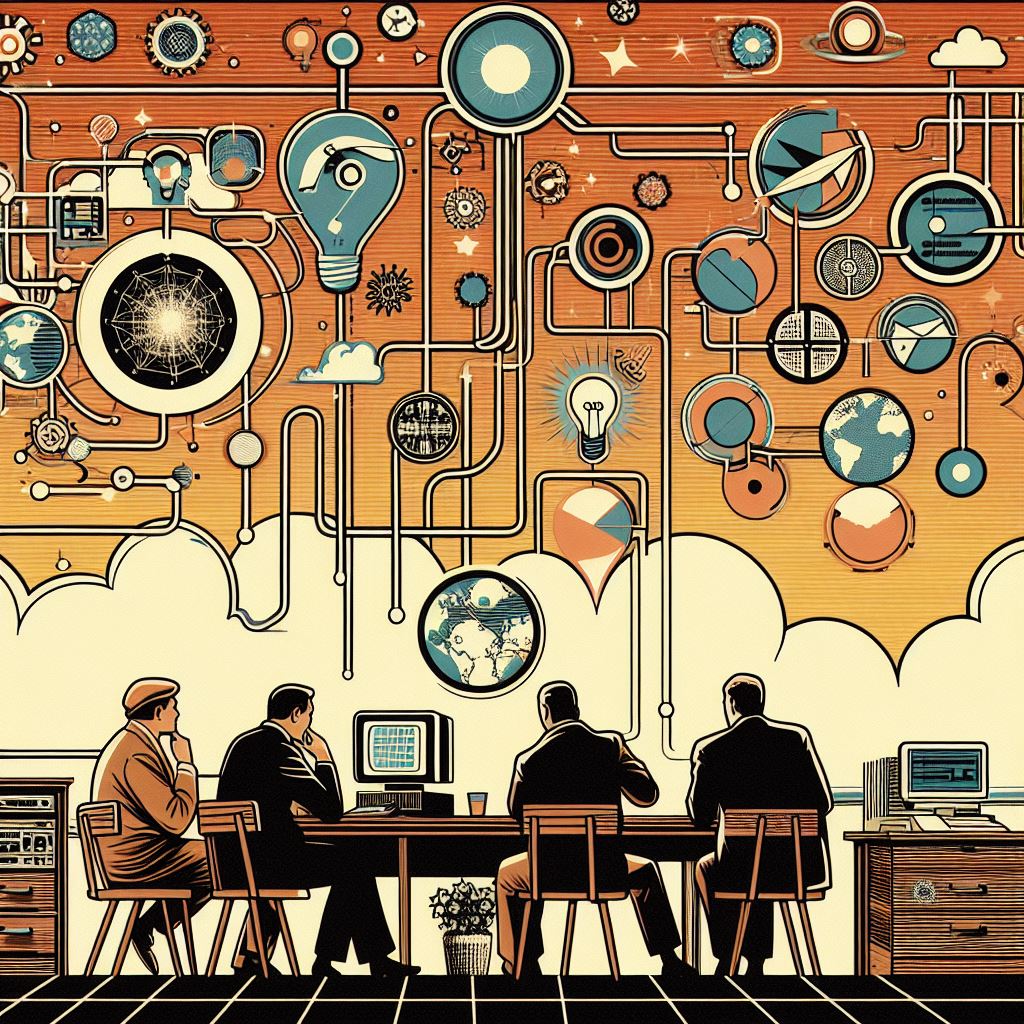
Mind Mapping: Visually organizing thoughts and ideas to see how they interconnect.

Role-Playing: Taking on different personas or perspectives to generate new ideas.
Importance of Divergent Thinking:
Divergent thinking is crucial for problem-solving and innovation. It allows individuals and teams to move beyond conventional solutions and to discover novel approaches. It’s particularly valuable in fields that thrive on creativity, such as marketing, product development, and the arts.
Enhancing Divergent Thinking:
To enhance divergent thinking, one can:

Encourage Curiosity: Always ask questions and seek to learn more.

Create a Supportive Environment: Foster an atmosphere where all ideas are welcomed and valued.

Practice Regularly: Engage in activities that require creative thinking.

Take Breaks: Allow the mind to rest and subconsciously work on problems.
In summary, divergent thinking is a powerful tool for generating creative ideas and solutions. It’s a process that values the generation of many ideas and recognizes that creativity can come from unexpected places and connections.




XII. Convergent Thinking: Finding the Best Solution
Convergent thinking is a cognitive process that focuses on arriving at a single, correct solution to a problem. It’s characterized by the application of logical steps and established rules to analyse and synthesize information. Here’s an in-depth exploration of convergent thinking:
Key Characteristics of Convergent Thinking:

Logical Analysis: It relies on structured reasoning, where each step follows logically from the previous one, ensuring that conclusions are grounded in a solid foundation.

Critical Evaluation: This involves rigorously scrutinizing ideas or solutions, sifting out flaws and weaknesses to retain only the most viable options.

Systematic Approach: Convergent thinkers organize their thought processes methodically, progressing through problems in a sequential order.

Precision and Accuracy: Emphasizes deriving solutions that are both exact and free from errors.

Fact-Based Decision-Making: Prioritizes factual information and empirical evidence when making decisions.

Solution-Oriented: The primary focus is to find definitive solutions to problems, identifying the most direct path to a resolution.

Speed and Efficiency: Encourages swift decision-making, ensuring that problems are addressed efficiently without unnecessary detours.

Linear Thinking: Often processes information and derives solutions in a step-by-step manner, ensuring clarity and consistency.
Convergent thinking is essential for decision-making and problem-solving, especially in situations where a clear, correct answer is needed. It’s used in standardized testing, mathematics, and whenever a definitive solution is required. It contrasts with divergent thinking, which is about generating multiple ideas or solutions.
Developing Convergent Thinking Skills:
To develop convergent thinking skills, one can:

Practice Puzzles: Engage in activities like puzzles or games that have a clear end goal or solution.
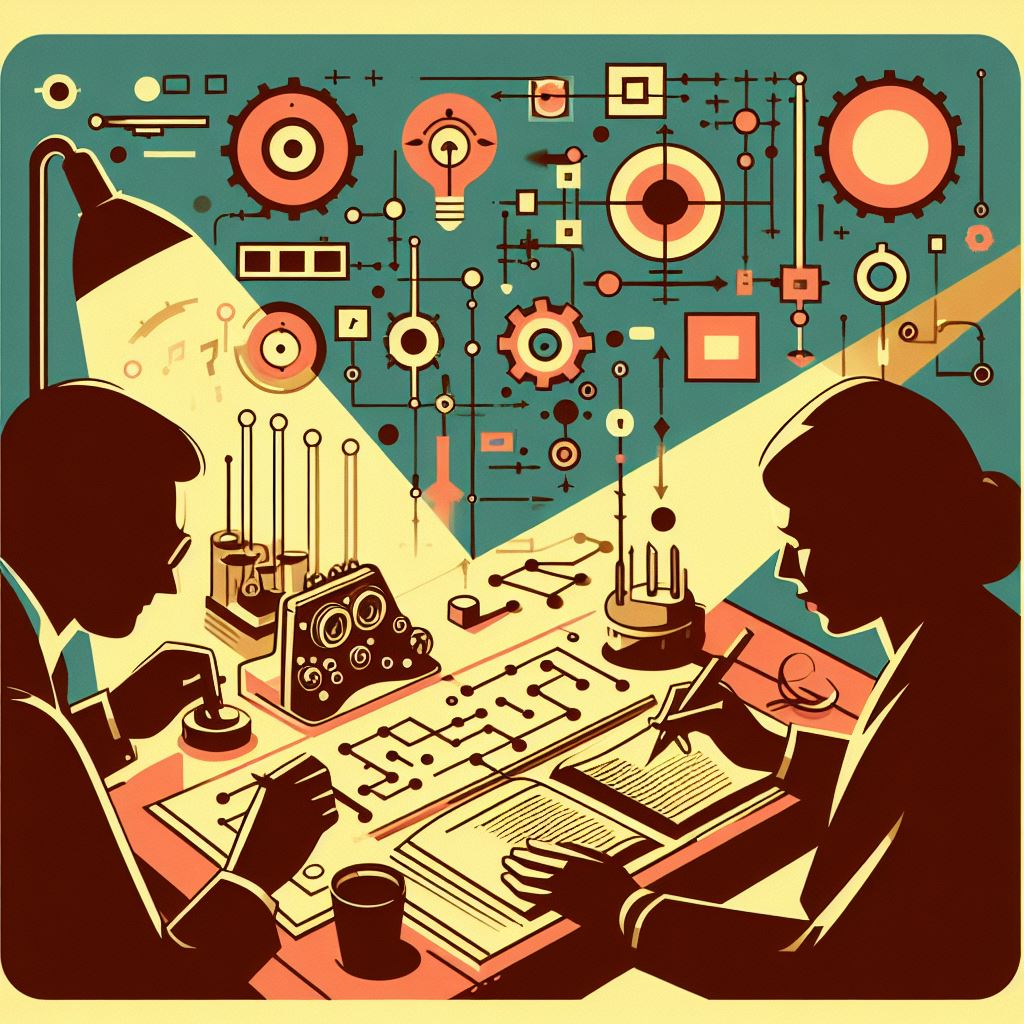
Focus on Details: Pay attention to details and learn to apply logical steps to reach conclusions.

Study Logic: Understanding formal logic can enhance one’s ability to think convergently.

Set Clear Goals: Having a clear objective can help focus the thought process toward a single solution.
In summary, convergent thinking is a valuable cognitive skill that enables individuals to process information in a logical, step-by-step manner to arrive at the best possible solution to a problem. It’s a key component of critical thinking and is particularly useful in scenarios where precision and accuracy are paramount.




XIII. Associative Thinking: Connecting Ideas
Associative thinking is a cognitive process that involves linking ideas, concepts, or memories that may not initially seem related. It acts like a mental web of interconnected thoughts, facilitating problem-solving, creativity, and innovation. This thinking style encourages recognizing patterns, finding hidden connections, and generating fresh insights by bridging seemingly unrelated ideas. It’s a powerful tool for exploring creativity and intellectual discovery.
Characteristics of Associative Thinking:

Pattern Recognition: It enables individuals to see connections between seemingly disparate ideas or concepts.

Idea Generation: Associative thinking is crucial for brainstorming, as it allows for the free flow of ideas without immediate judgment or constraints.
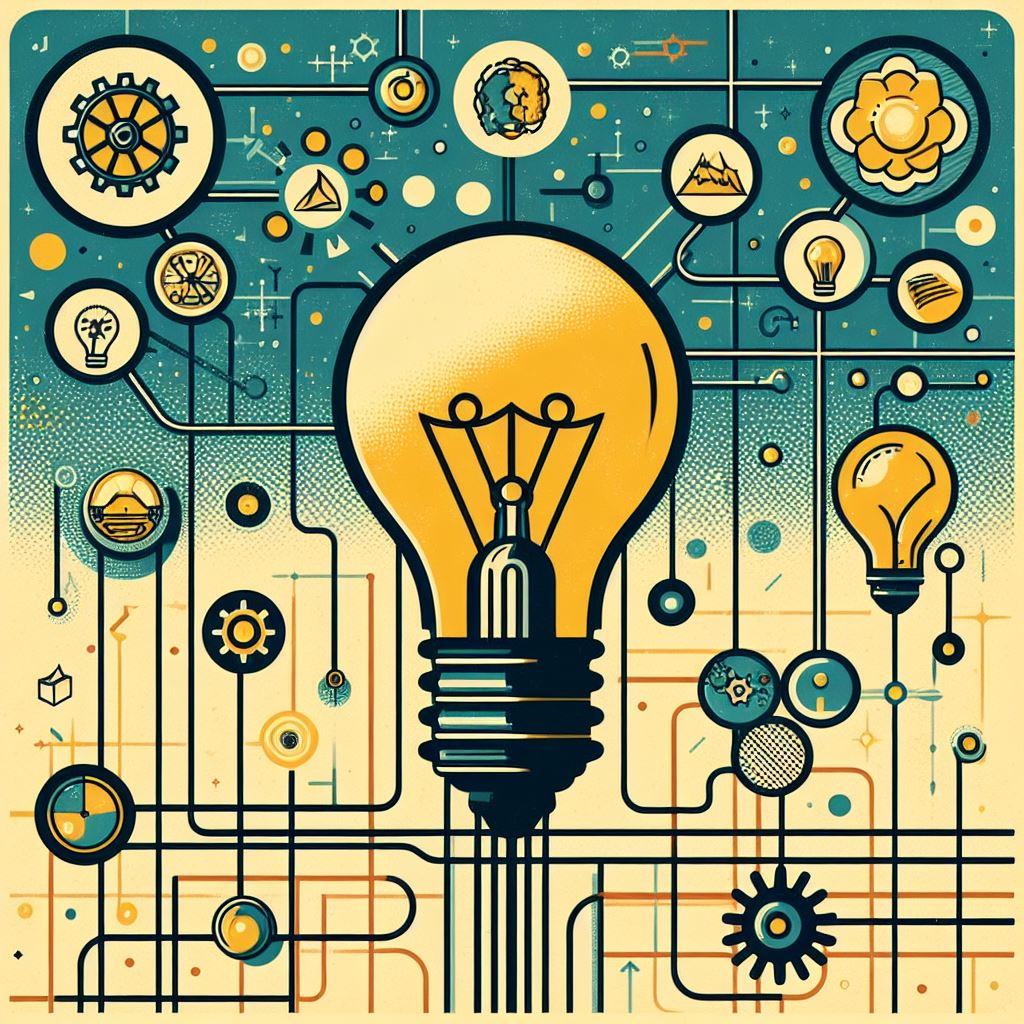
Innovation: By linking different ideas, associative thinking can lead to innovative solutions and creative breakthroughs.

Flexibility: This type of thinking is not linear; it allows for a more fluid and dynamic approach to problem-solving.
Types of Associative Thinking:

Free Association: This method involves allowing thoughts to flow freely and naturally, leading to unexpected connections and ideas.

Lateral Thinking: Encourages looking at problems from new perspectives and questioning conventional approaches.

Analogical Thinking: Involves drawing parallels between different domains or situations to find underlying similarities and transfer insights.
Associative thinking is integral to the creative process. It allows individuals to combine existing knowledge in new ways, leading to original ideas and creative outputs. This type of thinking is often what drives the ‘aha’ moments that are associated with significant creative discoveries.
Enhancing Associative Thinking:
To enhance associative thinking, one can:

Expose oneself to diverse experiences: Engaging with a variety of disciplines and cultures can broaden the mind’s repository of ideas.

Practice mindfulness: Being present and observant can help in noticing subtle connections.

Engage in creative activities: Regularly participating in activities that require creativity can strengthen associative thinking skills.
In summary, associative thinking is a key component of the creative process, enabling individuals to forge new connections and explore innovative solutions. It’s a cognitive skill that can be developed and harnessed to enhance problem-solving abilities and drive innovation in various fields.




XIV. Lateral Thinking: Creativity Through New Perspectives
Lateral thinking is a method of problem-solving that involves looking at situations from fresh perspectives and devising creative solutions that are not immediately obvious. It’s a way of thinking that steps aside from traditional step-by-step logic to explore alternative possibilities and approaches.
The term “lateral thinking” was coined by Maltese psychologist Edward de Bono in 1967. He described it as a way of thinking that seeks to solve problems through an indirect and creative approach.
Principles of Lateral Thinking:

Seeking Alternatives: It’s about not settling for the first good solution but instead exploring other possibilities that may not be immediately apparent.

Challenging Assumptions: Lateral thinkers question the status quo and the assumptions that underpin current thinking.

Generating Provocations: By making deliberate ‘provocative’ statements, lateral thinkers can disrupt conventional thought patterns and stimulate new ideas.

Using Randomness: Introducing random stimuli can help break established patterns of thought and lead to unique solutions.
Techniques in Lateral Thinking:

Provocation and Movement: Introducing provocative statements and then using them to move to new ideas.

Random Entry: Using a randomly chosen object or concept to generate new ideas.

Disproving: Actively seeking to disprove assumptions or common beliefs to open up new lines of thought.
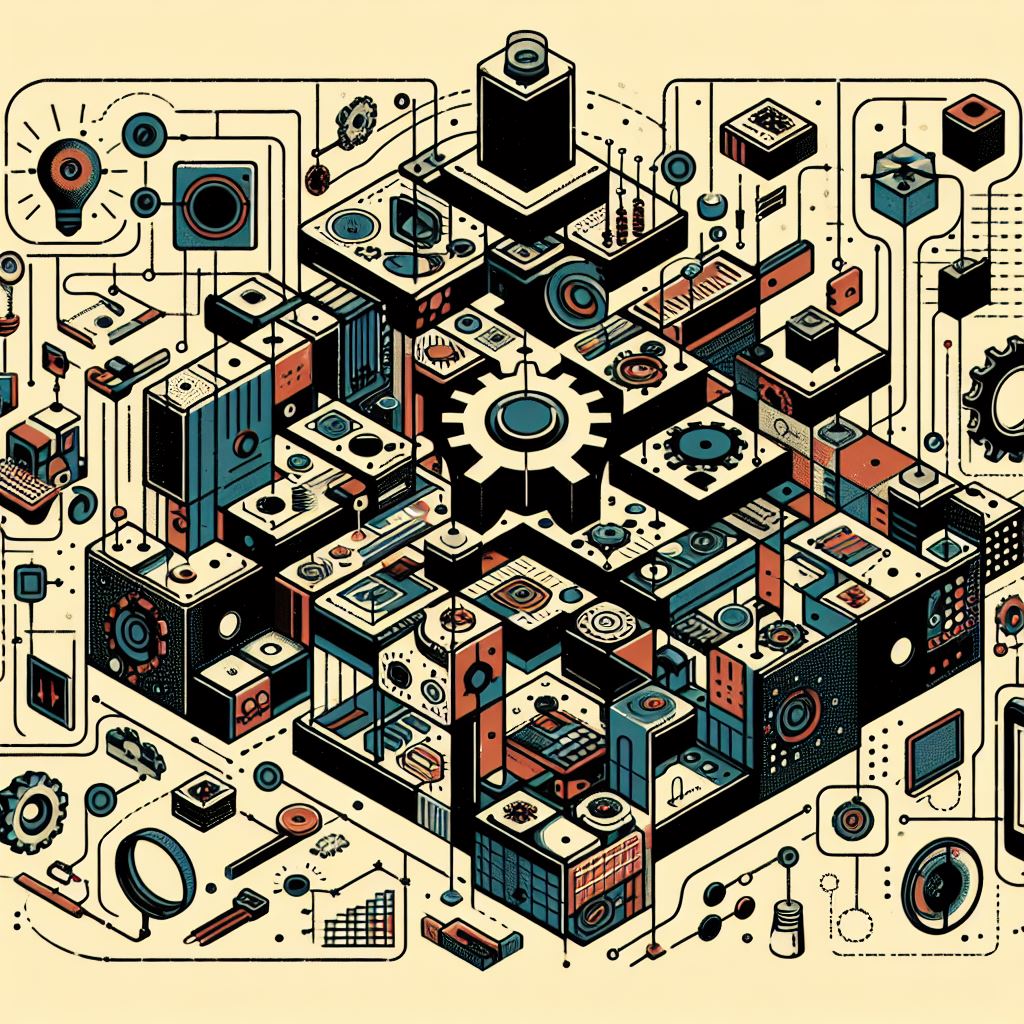
Fractionation: Breaking down the problem into various parts to explore different facets and perspectives.
Lateral thinking is important because it can lead to breakthroughs that logical, vertical thinking might not achieve. It’s particularly useful in creative industries, marketing, product development, and any field where innovation is valued. It encourages a culture of questioning and curiosity, which can lead to more dynamic and adaptable problem-solving strategies.
Developing Lateral Thinking Skills:
To develop lateral thinking skills, one can:
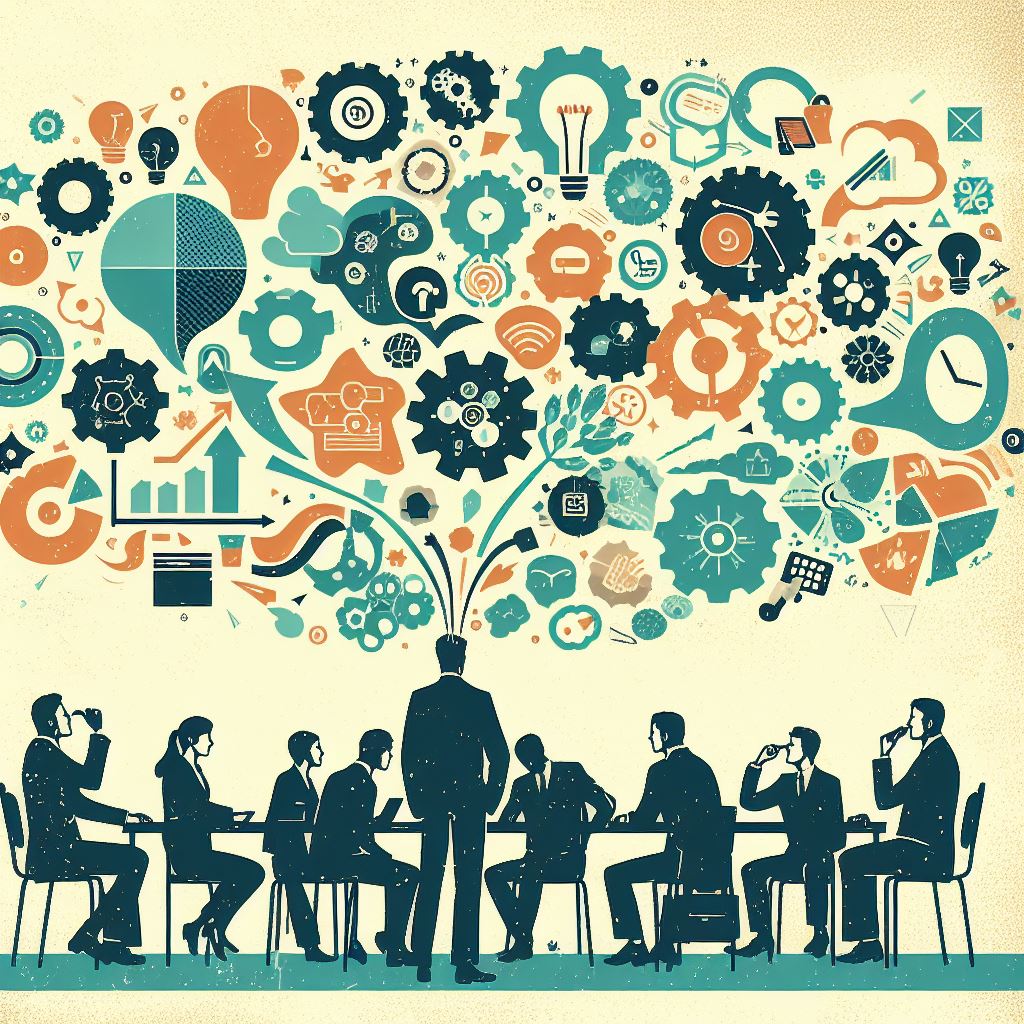
Practice brainstorming: Engage in exercises that encourage the generation of a large number of ideas.

Expose oneself to different perspectives: Read widely, travel, and engage with people from diverse backgrounds.

Play ‘devil’s advocate’: Regularly challenge prevailing opinions or solutions to see what alternatives might exist.

Use lateral thinking puzzles: These can help train the brain to think outside the box.
In summary, lateral thinking is about breaking free from traditional patterns of thought and embracing a more creative and innovative approach to problem-solving. It’s a skill that can be developed and applied across various aspects of life and work, fostering a culture of innovation and adaptability.




XV. Application Thinking: Bringing Knowledge to Life
Application Thinking is a crucial cognitive skill that encapsulates the essence of practical intelligence. It’s the ability to take theoretical knowledge, concepts, and insights gained from various forms of thinking – such as critical, analytical, and creative thinking – and apply them to real-world scenarios. This type of thinking is about making the leap from understanding to doing; it’s where the rubber meets the road in terms of using one’s cognitive abilities to effect tangible change or solve practical problems.
Characteristics of Application Thinking:

Practical Implementation: It involves translating abstract concepts into concrete actions or solutions that work in the real world.

Problem-Solving: Application Thinking is inherently problem-oriented, focusing on applying knowledge to overcome challenges and achieve specific goals.

Integration: This thinking style integrates various types of thinking to create a comprehensive approach to dealing with real-life situations.
The Process of Application Thinking:

Assessment: Evaluating the situation to understand the problem and its context.

Synthesis: Combining different pieces of knowledge and insights from various thinking processes.

Implementation: Executing the synthesized knowledge in a practical, real-world setting.

Evaluation: Reviewing the outcomes to assess the effectiveness of the applied knowledge and making adjustments as necessary.
Importance of Application Thinking:

Bridging Gaps: It bridges the gap between theoretical knowledge and practical application, ensuring that learning and ideas are not just conceptual but also actionable.

Adaptability: Application Thinking fosters adaptability, as it requires one to apply knowledge in diverse and often unpredictable real-world scenarios.

Innovation: By applying knowledge in new contexts, it can lead to innovative solutions and advancements.
Enhancing Application Thinking:
To enhance Application Thinking, one can:

Engage in Experiential Learning: Hands-on experiences and real-world projects are invaluable for developing this skill.

Reflect on Experiences: After applying knowledge, reflecting on what worked and what didn’t can deepen understanding and improve future application.

Cross-Disciplinary Learning: Drawing knowledge from various fields can provide a richer base for application.
In educational settings, Application Thinking is encouraged through project-based learning and case studies that simulate real-world challenges. In the workplace, it’s seen in the practical application of skills to complete tasks, solve problems, and innovate within one’s role.
In summary, Application Thinking is the culmination of all other forms of thinking into a focused effort to address real-world issues. It’s a dynamic and essential skill that enables individuals to effectively apply their knowledge and insights to achieve practical outcomes and drive progress.




XV. The Extended Mind: Integrating AI into Our Cognitive Processes
In this section we apply our own metacognition and other modes of thinking to the question of whether and how AI, specifically Large Language Models (LLMs), can engage in the modes of thinking we’ve discussed. Metacognition, or thinking about thinking, is a complex process that involves self-awareness and self-regulation of cognitive processes. For humans, this includes the ability to reflect on our own knowledge, learning experiences, and problem-solving strategies.
When it comes to AI and LLMs, the concept of metacognition is more about the systems’ abilities to monitor, regulate, and organize their processes to achieve specific goals. While AI does not possess consciousness or self-awareness in the human sense, advanced AI systems can be designed to simulate aspects of metacognitive processes. For example, they can be programmed to evaluate their performance, adjust strategies, and learn from errors to improve over time.
As for the different modes of thinking we’ve explored, such as first principles, systems, design, critical, analytical, divergent, convergent, associative, lateral, and application thinking, LLMs can apply these modes in a limited sense:

First Principles Thinking: LLMs can deconstruct problems into fundamental components and use basic rules to generate solutions, but they do this based on patterns learned from data rather than genuine understanding.

Systems Thinking: AI can model systems and simulate interactions between components, but it lacks the intuitive grasp of complex systems dynamics that humans have.

Design Thinking: While AI can follow user-centric design processes, it does so by following programmed algorithms and cannot truly empathize with users.

Critical Thinking: AI can analyse and evaluate information, but it does so based on pre-defined criteria and lacks the nuanced judgment of human critical thinkers.

Analytical Thinking: LLMs excel at breaking down text and data into components to analyse them, which is a form of analytical thinking.
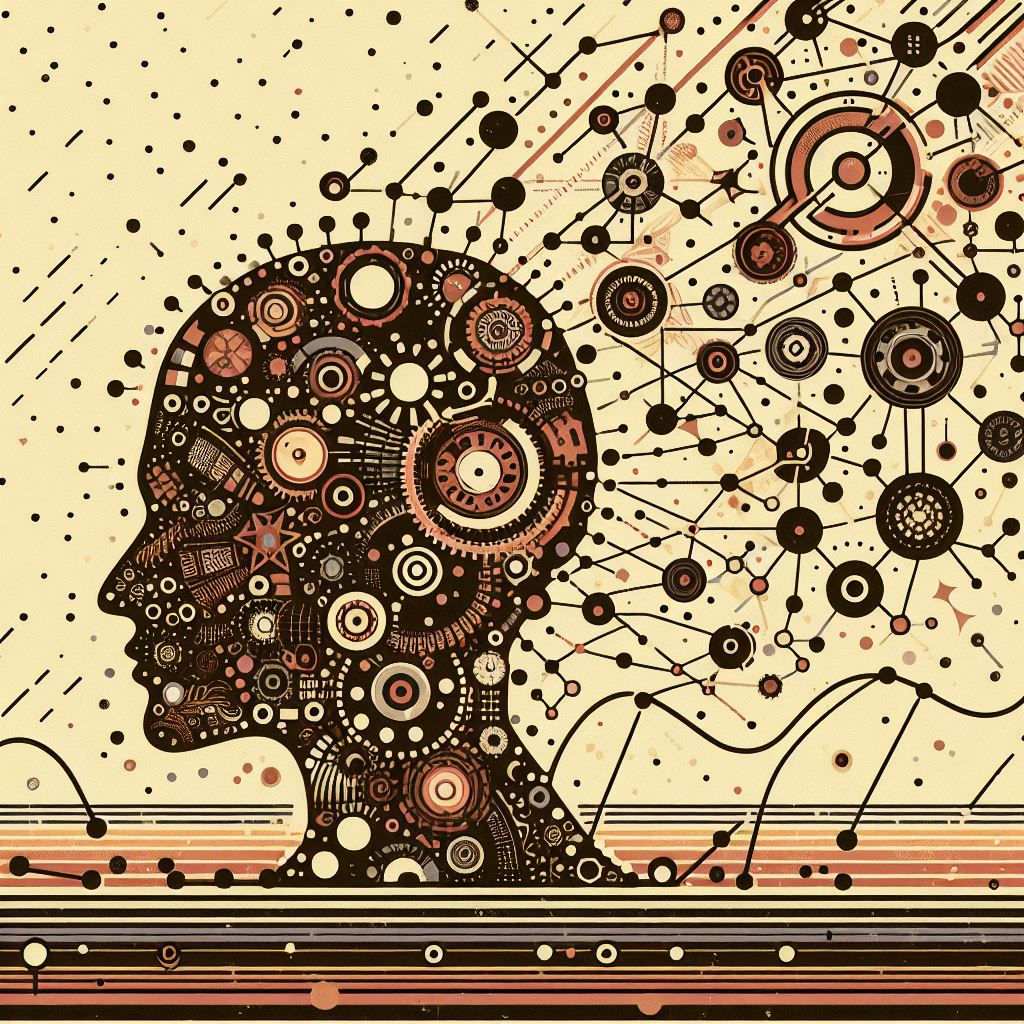
Divergent Thinking: AI can generate a wide range of ideas by combining different pieces of information in novel ways, simulating divergent thinking.

Convergent Thinking: LLMs can narrow down multiple options to find the best solution based on the criteria they’ve been trained on.

Associative Thinking: AI can make connections between different ideas based on associations found in the data it has been trained on.

Lateral Thinking: LLMs can simulate lateral thinking by generating unconventional solutions that don’t follow traditional logic paths.

Application Thinking: AI can apply learned knowledge to new problems, but this is limited to the contexts and scenarios it has been trained on.
So while LLMs can simulate various modes of thinking to a certain extent, they do so based on patterns learned from large datasets rather than true understanding or self-awareness. Their “metacognition” is a set of programmed capabilities that allow them to self-monitor and adjust their processes within the scope of their design and training.



But how different is this really? Throughout this blog we’ve highlighted ways that we can train our own minds to gain and improve our individual capabilities in the different ways of thinking. We learn based on being exposed to data (information and examples), and through practice and repetition (patterns). Perhaps, if we are reluctant or unsure about assigning equivalency to the capabilities of AI and our own, we should approach it more as part of our ‘extended mind’.
The concept of the ‘extended mind’ suggests that the mind isn’t confined within the boundaries of the brain or the body but can extend to include external devices and environments that assist cognitive processes. In the context of AI and LLMs, this idea can be particularly intriguing. While AI does not have a mind in the human sense, it can be seen as an extension of human cognitive capabilities.
The extended mind theory, proposed by philosophers Andy Clark and David Chalmers in their 1998 paper “The Extended Mind”, argues that the mind is not confined to the brain or even the body but can extend into the external environment. According to this theory, objects and processes in the world outside the body can become integral parts of the cognitive process. For example, a notebook used to record information or a smartphone providing memory and calculation capabilities ca be seen as extensions of the mind because they perform cognitive functions. Key points on the extended mind theory include:

Coupling with the Environment: The theory suggests that when a person interacts with external objects in a reliable, consistent, and integrated way, those objects can be considered part of their cognitive system.
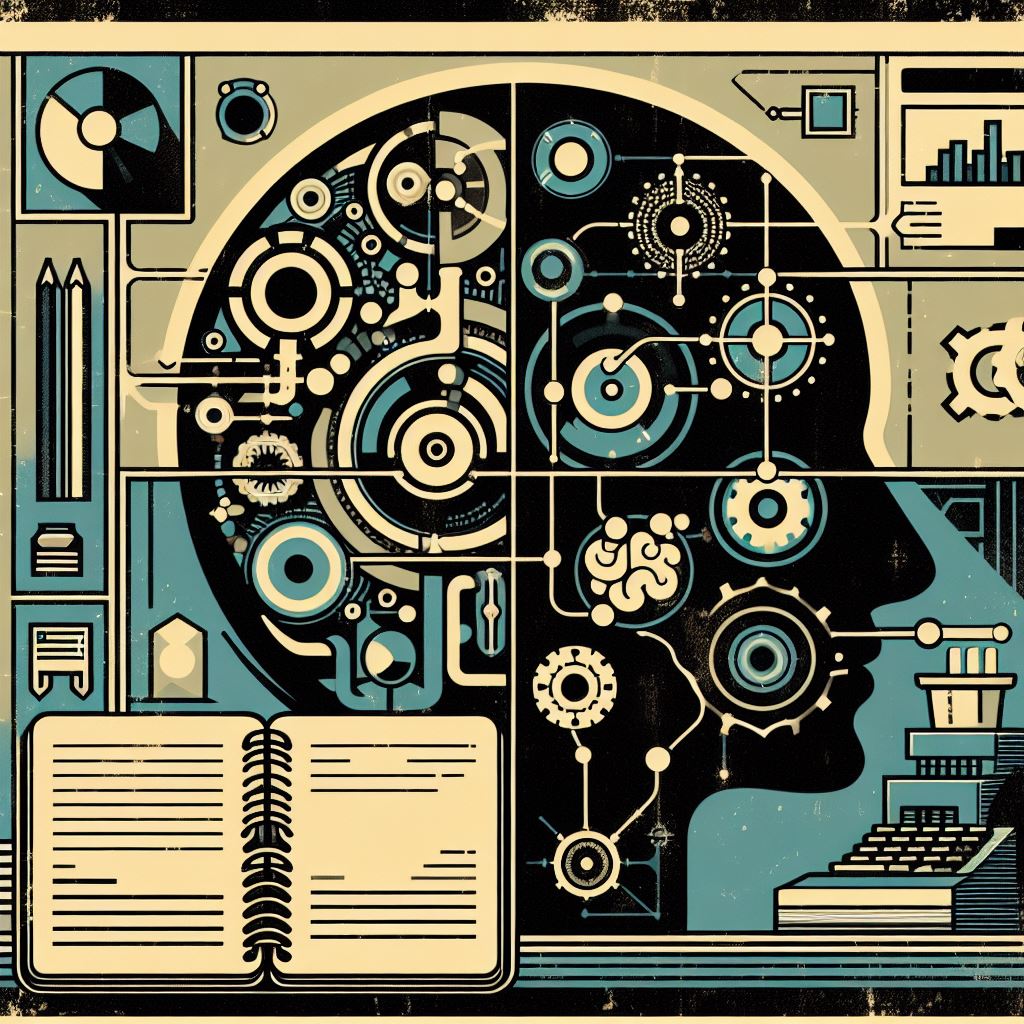
Functional Parity Principle: If an external object functions in a way that is similar to an internal cognitive process, then it should be considered part of the cognitive system. For instance, if a notebook performs a memory function similar to the brain, it is part of the mind.

Active Externalism: This perspective emphasises that external objects do not just passively store information but actively participate in the cognitive processes.
When we use AI to solve problems, generate ideas, or process information, we’re effectively extending our cognitive reach. AI becomes a part of our mental ecosystem, taking on tasks that either complement or enhance our own thinking processes. For example, when an AI helps us identify patterns in data, it’s extending our analytical capabilities. When it generates new ideas based on a set of inputs, it’s enhancing our creative processes.
However, there’s a crucial distinction to be made. The ‘extended mind’ theory in humans implies a two-way interaction where the tools and environments we engage with can influence our thoughts and vice versa. AI, as it currently stands, does not influence or modify its own ‘thoughts’ or algorithms based on such interactions – it operates within the parameters set by its programming and training data.
Yet, if we apply a bit of first principles thinking and systems thinking to the problem, AI can certainly influence the thoughts of the humans that interact with it – this is one of the primary concerns related to the technology – and the way in which we interact with the technology certainly influences the quality of the outputs generated. With abstract thinking and lateral thinking we could take this thought further.



To effectively leverage AI as part of our ‘extended mind’, we must first understand the myriad ways of thinking we have covered and recognize the strengths and limitations of AI within each mode. By doing so, we can better integrate AI into our cognitive processes, ensuring that it complements and enhances our abilities rather than simply automating tasks.
For instance, when we use AI to perform Analytical Thinking, we can process large datasets more efficiently, but we must interpret and make judgments on the output using our Critical Thinking skills. Similarly, AI can assist with Divergent Thinking by generating a wide array of ideas, but it’s up to us to apply Convergent Thinking to narrow down those ideas to the most feasible ones.
In Design Thinking, AI can help prototype solutions, yet the empathetic understanding of user needs and the iterative refinement of designs require a human touch. With Systems Thinking, AI can model complex systems, but humans must still oversee these models to ensure they align with real-world dynamics and ethical considerations.
Understanding the nuances of each thinking style allows us to position AI where it is most beneficial. For example, we might use AI to handle routine or computational aspects of a problem, freeing us to engage in more complex, creative, or subjective aspects where human insight is irreplaceable.
Moreover, as we consider AI as an extension of our cognitive capabilities, we must also be mindful of the ethical implications and the need for responsible oversight. AI is a tool, and like any tool, its use must be guided by thoughtful consideration of its impact on individuals and society.
In conclusion, the effective use of AI as an ‘extended mind’ requires a symbiotic relationship where human intelligence guides AI capabilities, and AI extends human potential. It’s a partnership that, when navigated with understanding and care, can lead to unprecedented levels of innovation and problem-solving.





XVI. The Power of Partnership: Humans and AI for Enhanced Thinking
By mastering a diverse range of thinking styles, from the foundational (concrete thinking) to the innovative (lateral thinking), we cultivate a powerful toolkit for tackling challenges. This journey of thinking progresses from understanding the world around us, to envisioning possibilities, and finally, bringing those ideas to life. Remember, each type of thinking builds upon the others, creating a comprehensive problem-solving and decision-making framework. As we delved deeper into these various modes, the potential of AI to augment human cognition became intriguing – and we have explored the concept of the “extended mind” and how AI can be harnessed ethically to expand our thinking horizons.
Logic is the foundation for building strong arguments, solving problems effectively, and thinking critically. By mastering logical reasoning (deductive, inductive, and abductive), and following core principles like the Law of Non-Contradiction, we can ensure our thinking is consistent, avoids fallacies, and leads to well-reasoned conclusions. While logic is a cornerstone, it works alongside other aspects of cognition like creativity and intuition.
The journey to effective thinking starts with metacognition – understanding and controlling our own thought processes. This “thinking about thinking” equips us with a command centre for our cognitive toolbox. Metacognition empowers us to recognize when to apply concrete or abstract thinking, use critical analysis, break down problems, and leverage various thinking styles – from creative brainstorming to analytical evaluation. By mastering metacognition, we unlock the full potential of the diverse thinking modes explored throughout this blog. Remember, metacognition is the key that sets the stage for efficient and powerful thinking.
Together, this toolbox equips us to think clearly, communicate effectively, and tackle complex challenges with intellectual rigor.

Concrete thinking: A cornerstone for navigating the real world. While it prioritizes the tangible and present, concrete thinking offers valuable clarity for decision-making, problem-solving involving practical solutions, and foundational learning through hands-on approaches.

Abstract thinking: The key to unlocking possibilities. While it may involve complex concepts, abstract thinking empowers us with flexibility, creativity, and strategic planning. It allows us to go beyond the tangible and explore innovative solutions, navigate complex ideas, and plan effectively for the future.
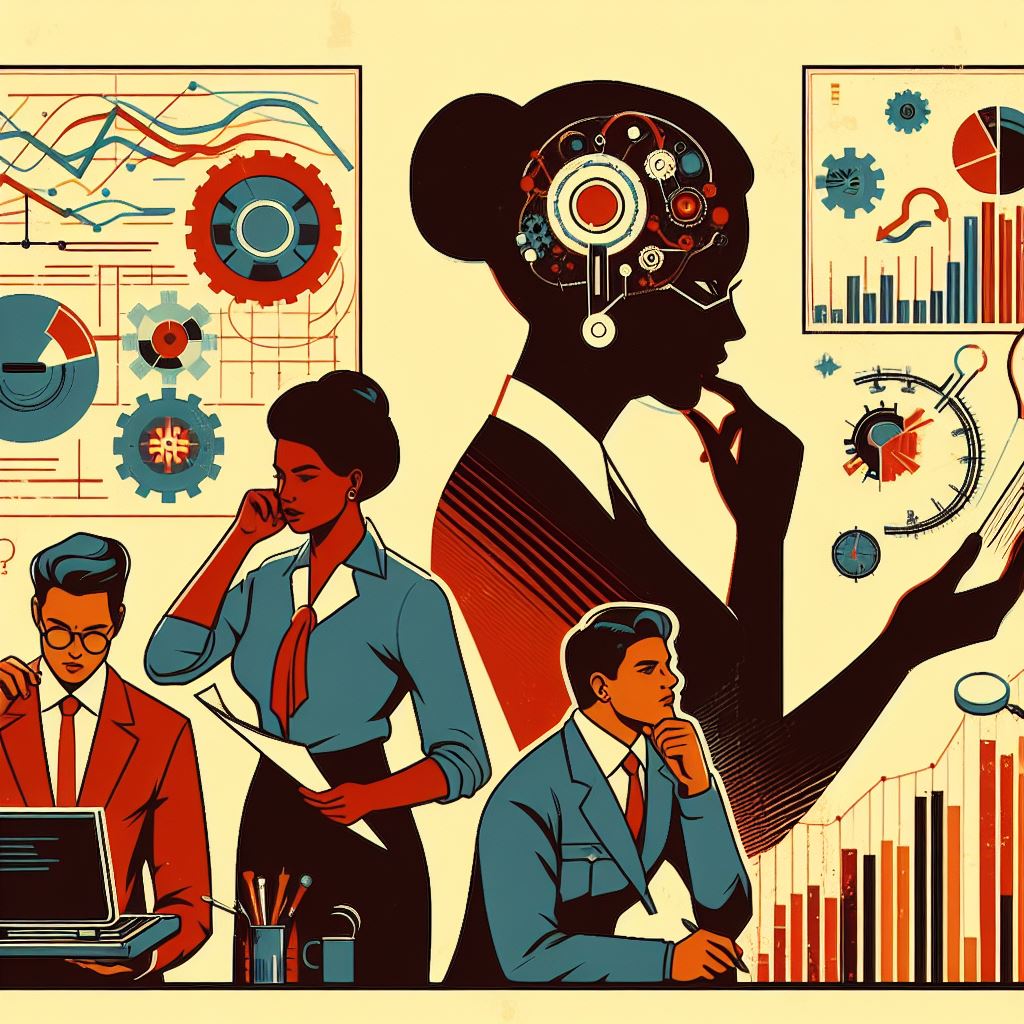
Critical thinking: The cornerstone of sound decisions. By analysing information objectively, critical thinking equips us to solve problems systematically, make well-informed decisions, navigate complex issues in everyday life, and conduct strong research. We can develop this skill by questioning assumptions, gathering diverse information, and reflecting on our thinking process.

Analytical thinking: Unravelling complexity for informed decisions. By dissecting information, identifying patterns, and employing logical reasoning, analytical thinking empowers us to make well-informed decisions, solve problems creatively, and communicate complex ideas with clarity. We can sharpen this skill through problem-solving activities, exposure to diverse disciplines, and reflection on our thought processes.
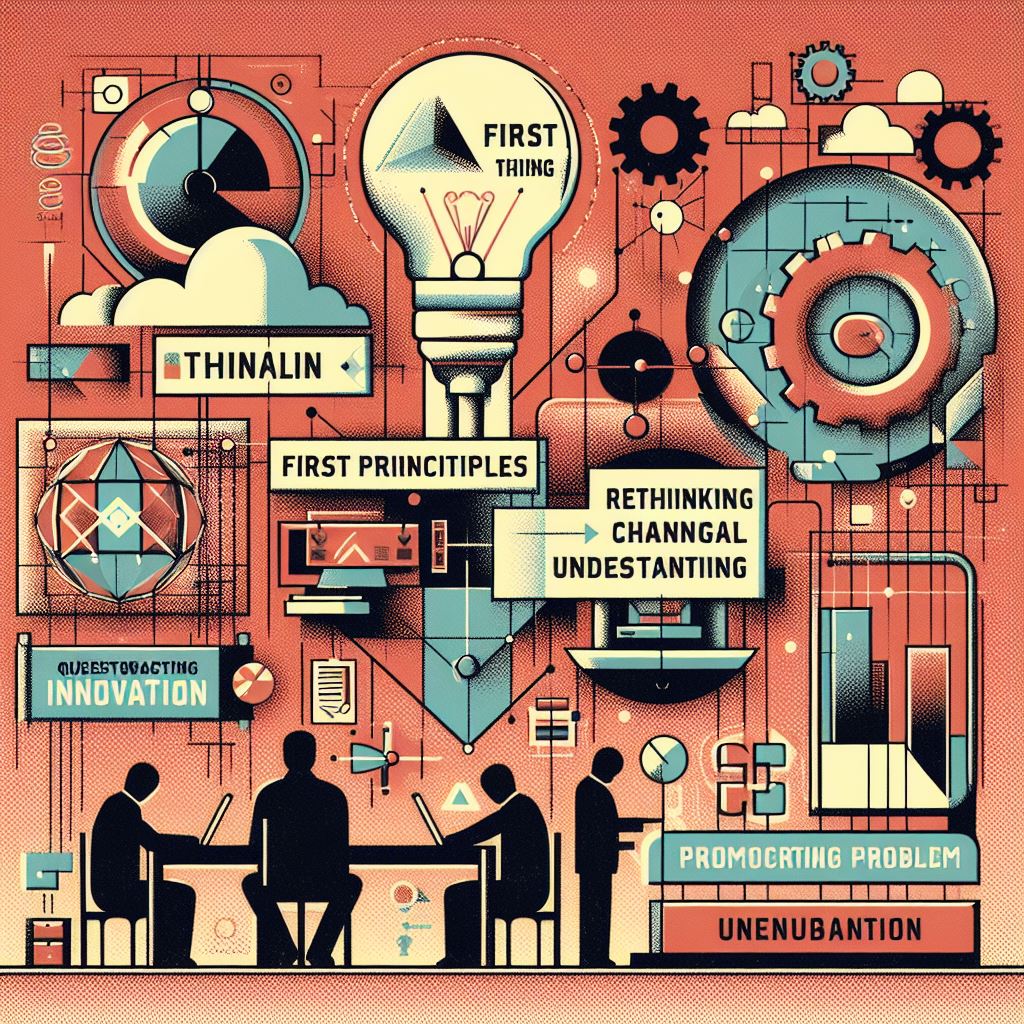
First Principles Thinking: Rethinking the fundamentals for innovation. This approach to problem-solving encourages questioning assumptions and deconstructing challenges to their core principles. By starting from the ground up, First Principles Thinking fosters innovation, promotes clear problem understanding, and unlocks transferable solutions across various disciplines.
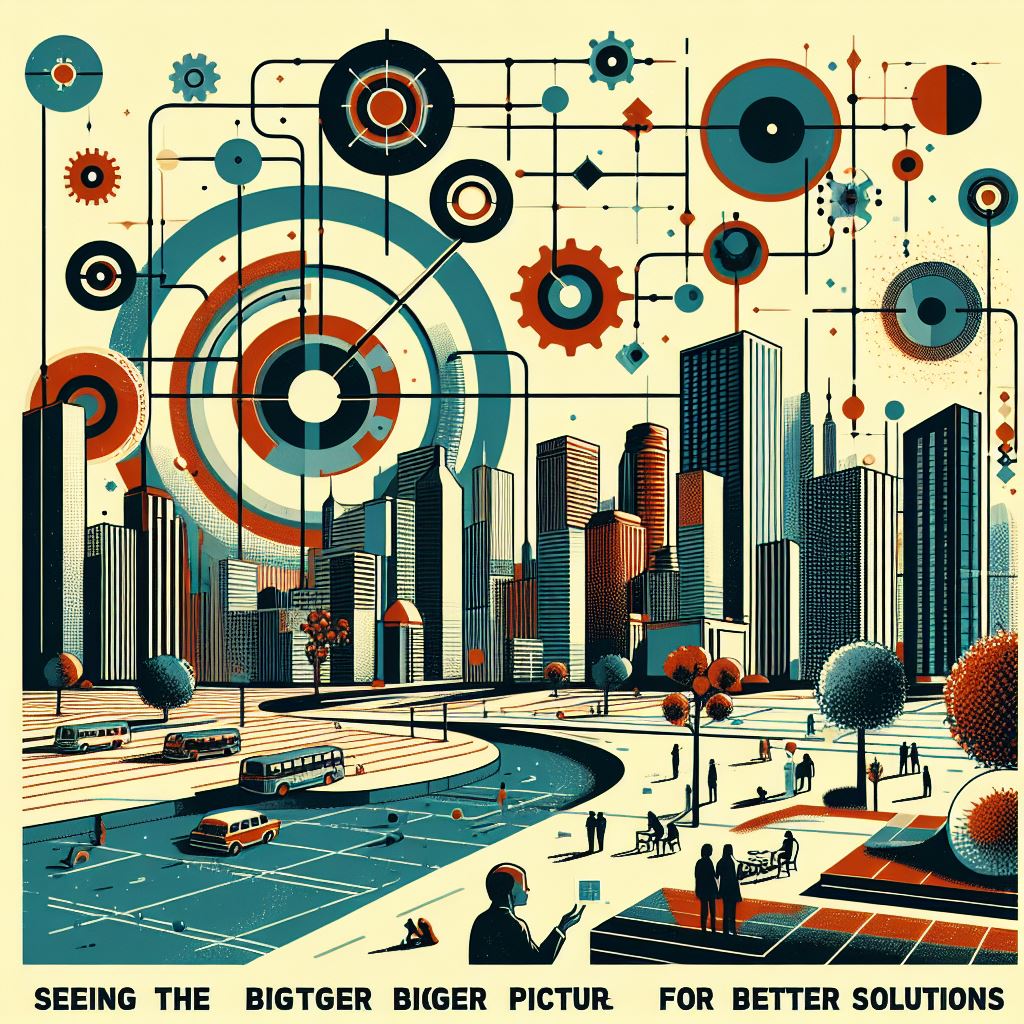
Systems Thinking: Seeing the bigger picture for better solutions. By understanding the interconnectedness within a system, Systems Thinking fosters a holistic view. It considers how parts interact, their emergent properties, feedback loops, and long-term cause-and-effect. This approach equips us to tackle complex problems, adapt to change, and make sustainable decisions – moving beyond isolated elements to grasp the system as a whole.

Design Thinking: Innovation with empathy at its core. This user-centric approach tackles complex problems through a five-stage process – empathize, define, ideate, prototype, and test. By prioritizing user needs, Design Thinking fosters creative solutions and drives innovation across various industries. Embrace this methodology to put users at the forefront and craft solutions that truly resonate.

Divergent Thinking: Spark your creativity. This thought process encourages exploration and the generation of a multitude of ideas. By embracing open-mindedness, free association, and a quantity-over-quality approach, divergent thinking fuels innovation and problem-solving in various fields. Enhance this skill by fostering curiosity, creating a supportive environment, and engaging in creative activities regularly.

Convergent Thinking: Sharpen your decision-making. This problem-solving approach emphasizes logical analysis, critical evaluation, and a systematic approach to arrive at the single best solution. It prioritizes precision, fact-based decisions, and efficiency. Hone this skill through puzzles, attention to detail, studying logic, and setting clear goals.

Associative Thinking: Spark creativity through connections. By fostering connections between seemingly unrelated ideas, associative thinking ignites innovation. It allows us to recognize patterns, generate ideas freely, and approach problems from fresh angles. Nurture this skill by seeking diverse experiences, practicing mindfulness, and engaging in creative activities to unlock your full creative potential.

Lateral Thinking: Think outside the box for breakthroughs. This creative problem-solving technique encourages challenging assumptions, generating unexpected ideas, and seeking alternative perspectives. By using provocations, randomness, and various techniques, lateral thinking unlocks unconventional solutions and fosters a culture of innovation in many fields. Develop this skill through brainstorming and embracing diverse viewpoints.

Application Thinking: Bridging the gap from theory to action. This crucial skill empowers us to translate knowledge into practical solutions. By applying critical thinking, analysis, and creativity, we can solve problems, integrate diverse ideas, and navigate real-world challenges. Foster this ability through hands-on learning, reflection, and cross-disciplinary exploration. Develop Application Thinking to become an agent of change and turn knowledge into tangible results.
AI and the Extended Mind: A New Era of Thinking
This blog post has explored various thinking styles and how they can be applied to enhance our cognitive abilities. But what role does Artificial Intelligence (AI), particularly Large Language Models (LLMs), play in this landscape?
AI and Modes of Thinking:
LLMs can simulate different thinking styles to a certain extent, but with limitations. They excel at pattern recognition and information processing, enabling them to contribute to all thinking approaches in some way:

Analytical Thinking: Breaking down complex information for deeper understanding.

Divergent Thinking: Generating creative ideas through various information combinations.

Convergent Thinking: Narrowing down options based on defined criteria.

Associative Thinking: Identifying connections between seemingly unrelated concepts.
However, AI’s “thinking” is based on learned patterns, not genuine understanding or self-awareness. Their capabilities resemble a programmed “metacognition” that allows them to adjust within their design constraints.
The Extended Mind Theory:
This theory proposes that the mind extends beyond the brain, incorporating external tools and environments that support our cognitive processes. AI, in this context, can be viewed as an extension of human thinking.
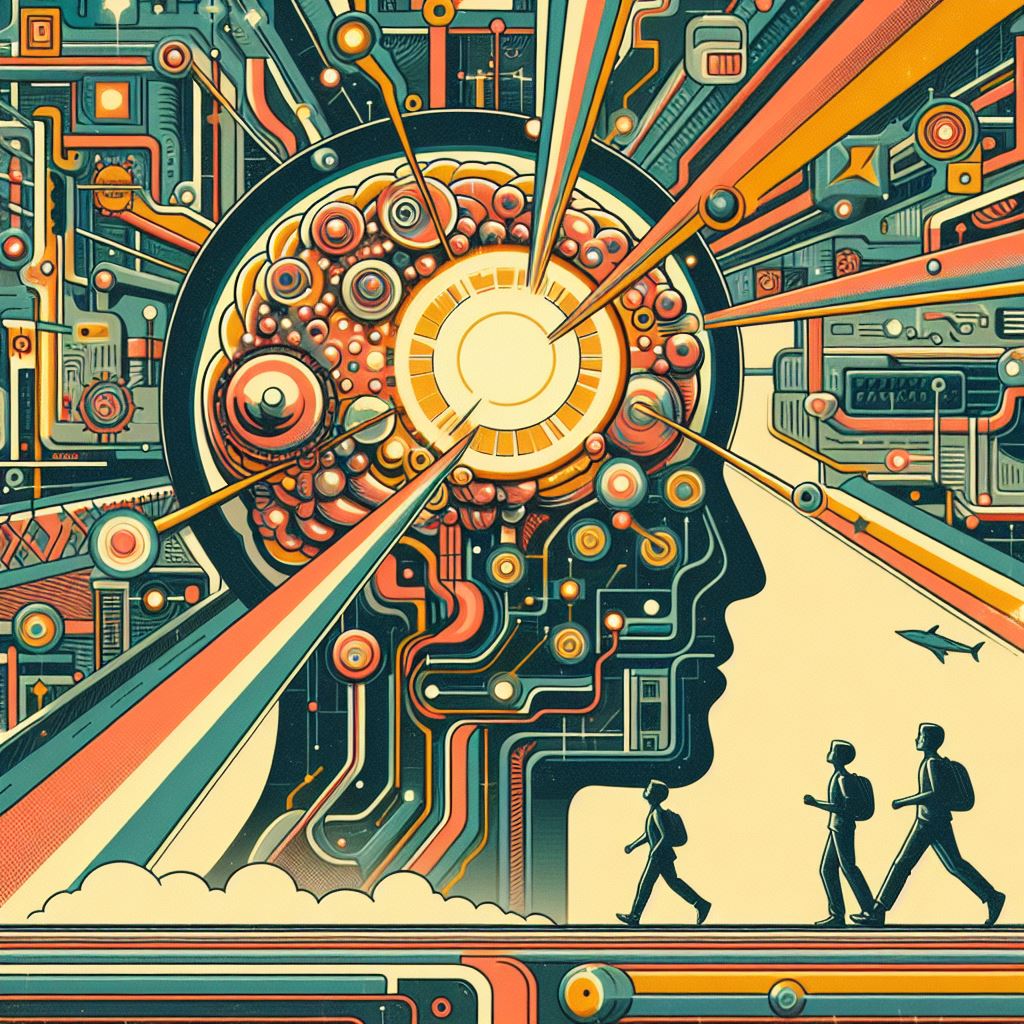
AI as a Cognitive Tool: When we leverage AI for problem-solving or idea generation, we are effectively expanding our cognitive reach.

Symbiotic Relationship: The “extended mind” in humans implies a two-way interaction. While current AI lacks this ability, it can still influence human thought processes and vice versa – hence care is required.
Optimizing the Human-AI Partnership:
To maximize the benefits of AI as an extended mind, we need to:

Understand Thinking Styles: Recognize the strengths and limitations of AI within each thinking mode.

Integrate Strategically: Use AI for tasks where it excels (e.g., data analysis) while applying human skills (e.g., critical thinking) for interpretation and decision-making.

Ethical Considerations: Acknowledge the ethical implications of AI and ensure its responsible development and use.
By fostering a symbiotic relationship between human intelligence and AI capabilities, we can unlock a new era of problem-solving and innovation. This partnership, guided by understanding and care, holds the potential to push the boundaries of human cognition and achieve remarkable progress.








Leave a comment